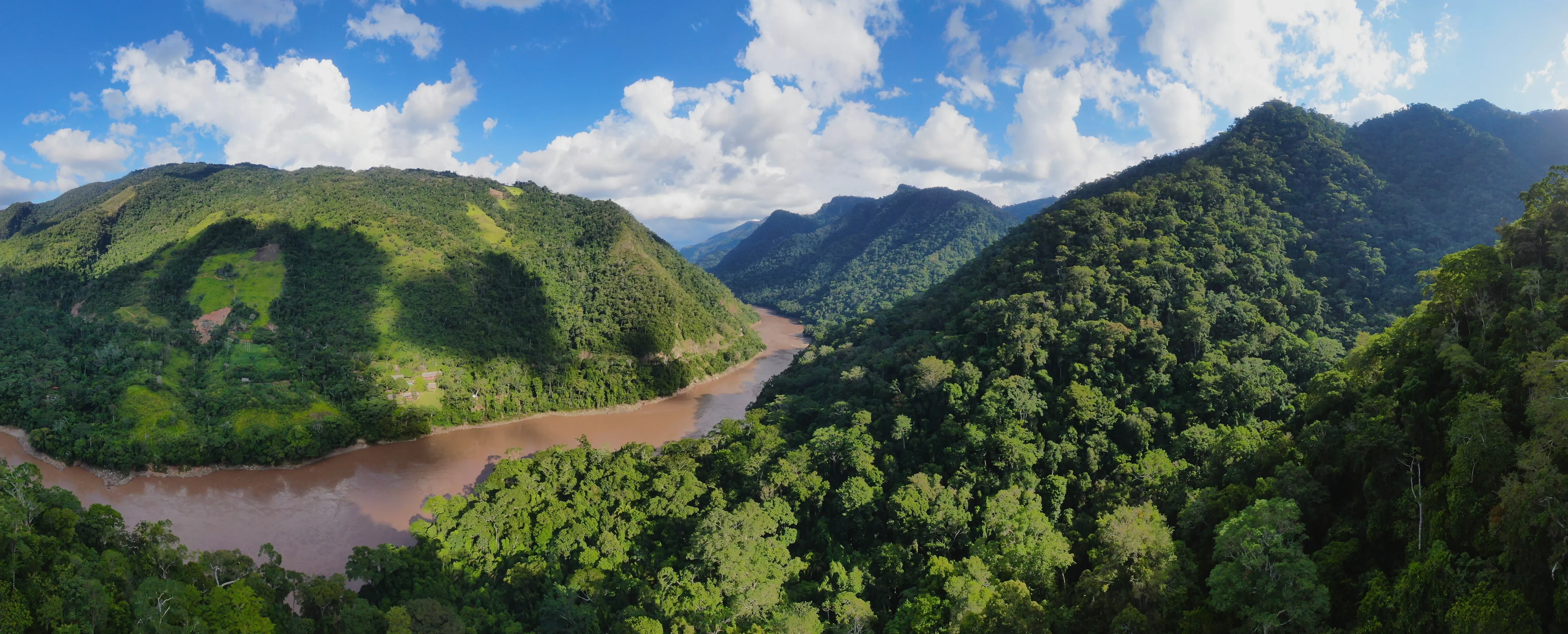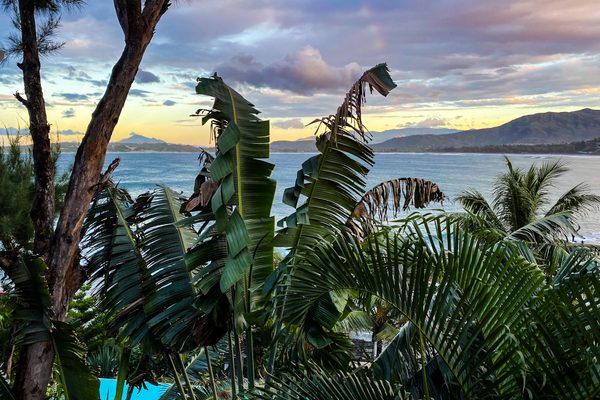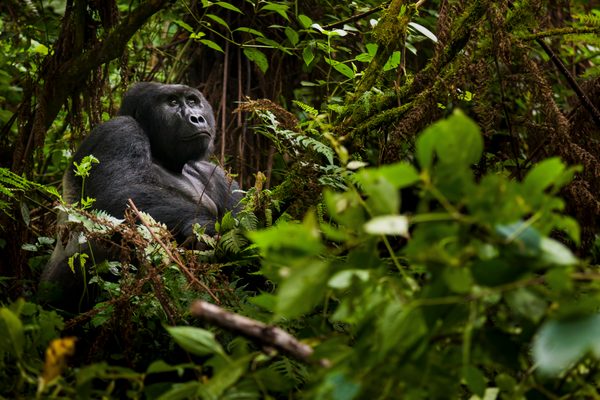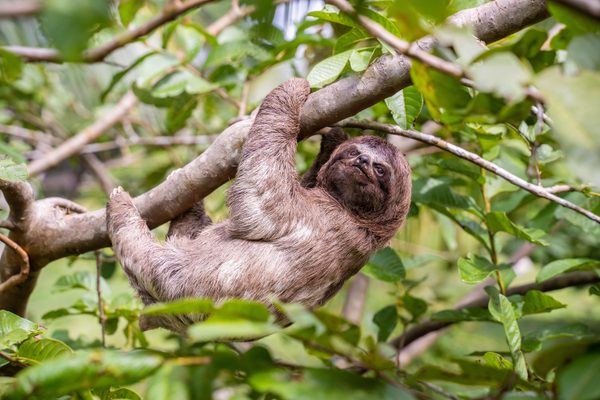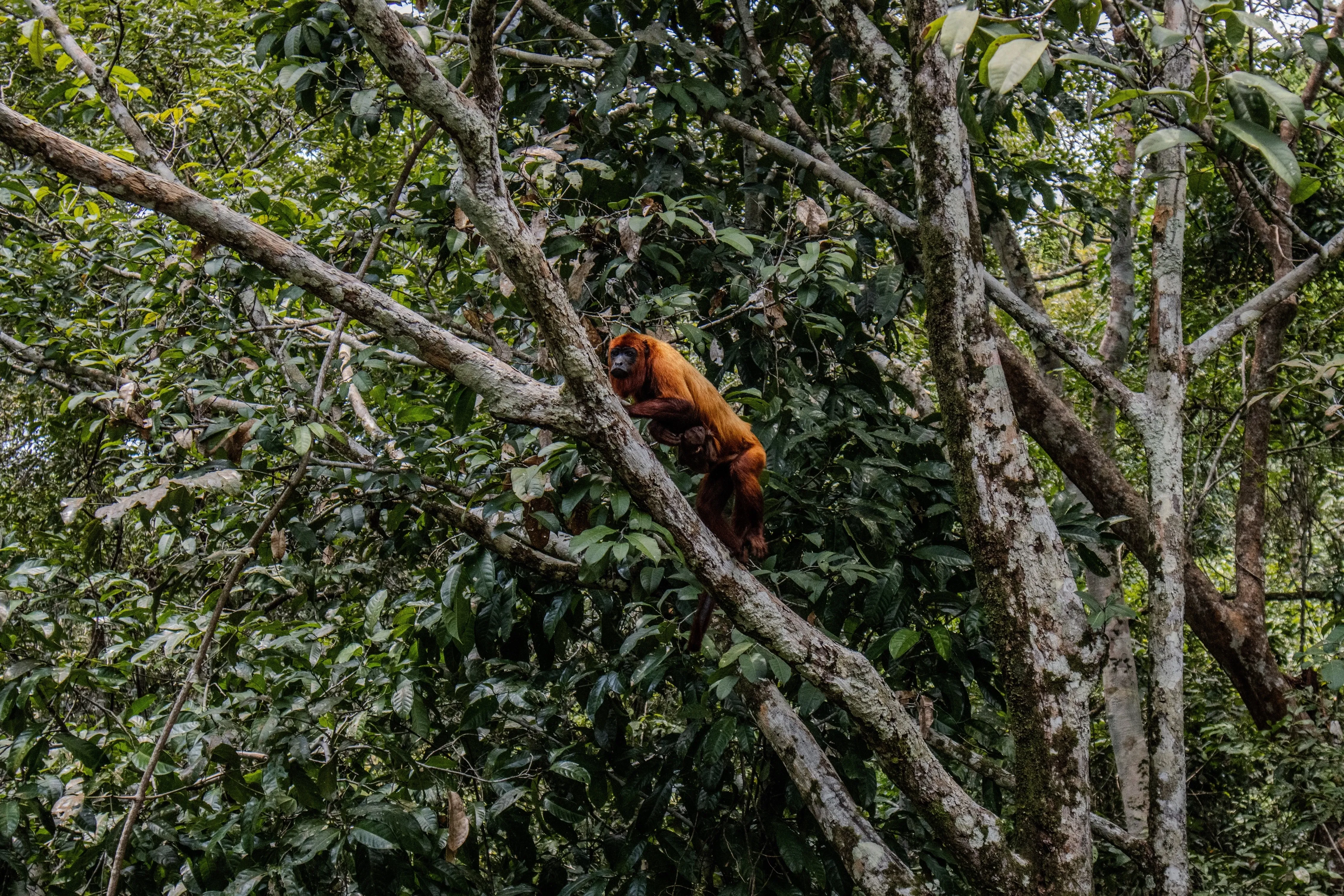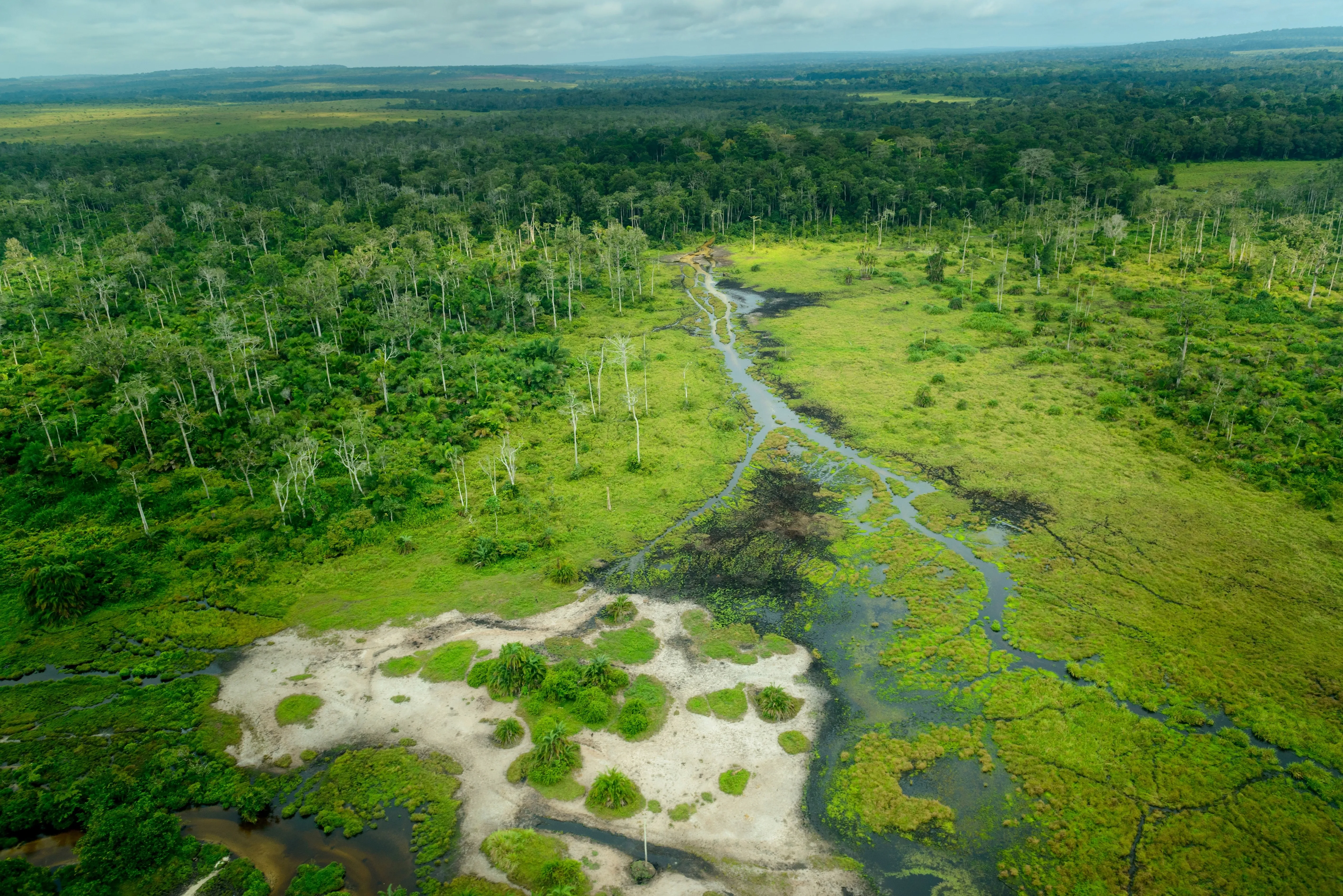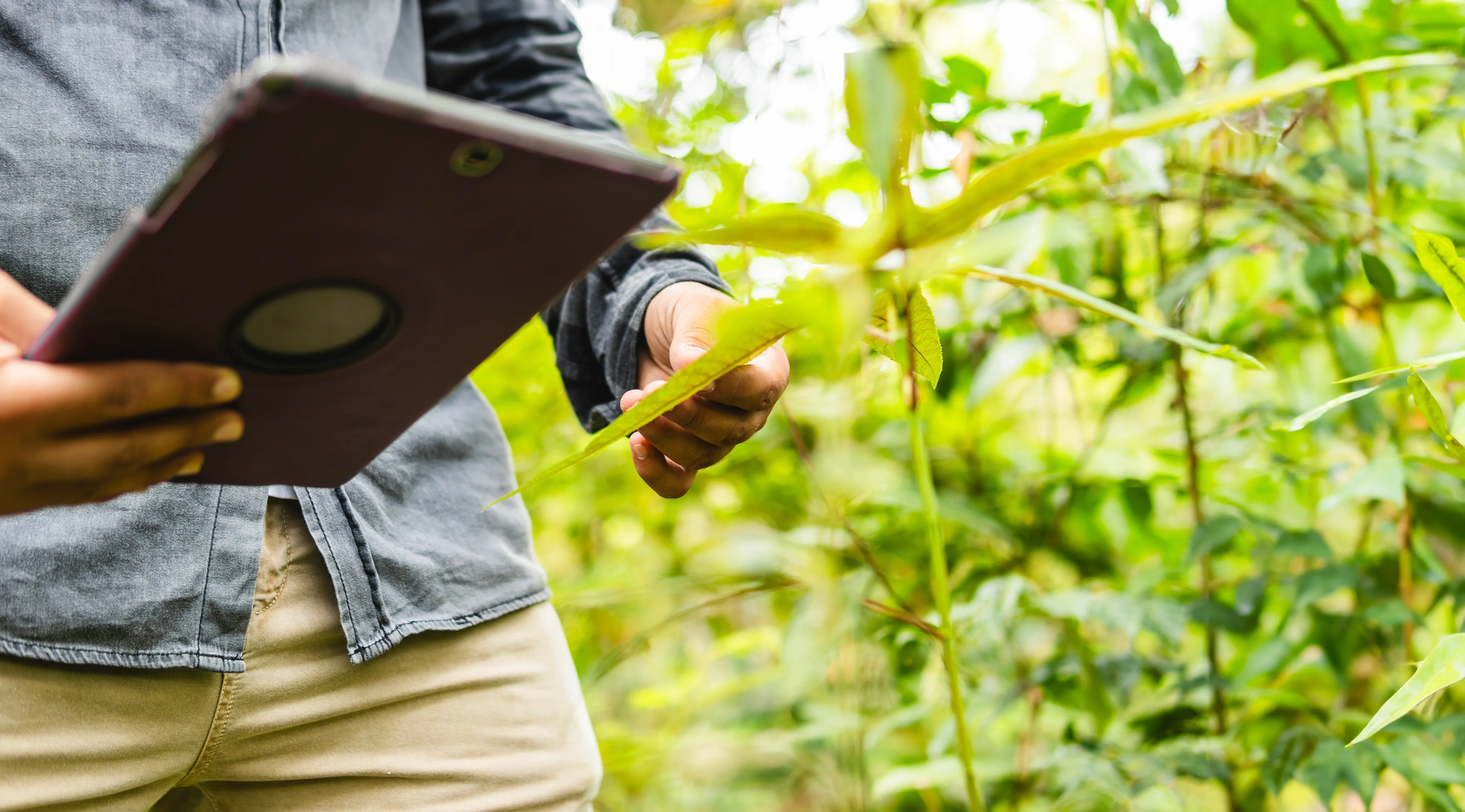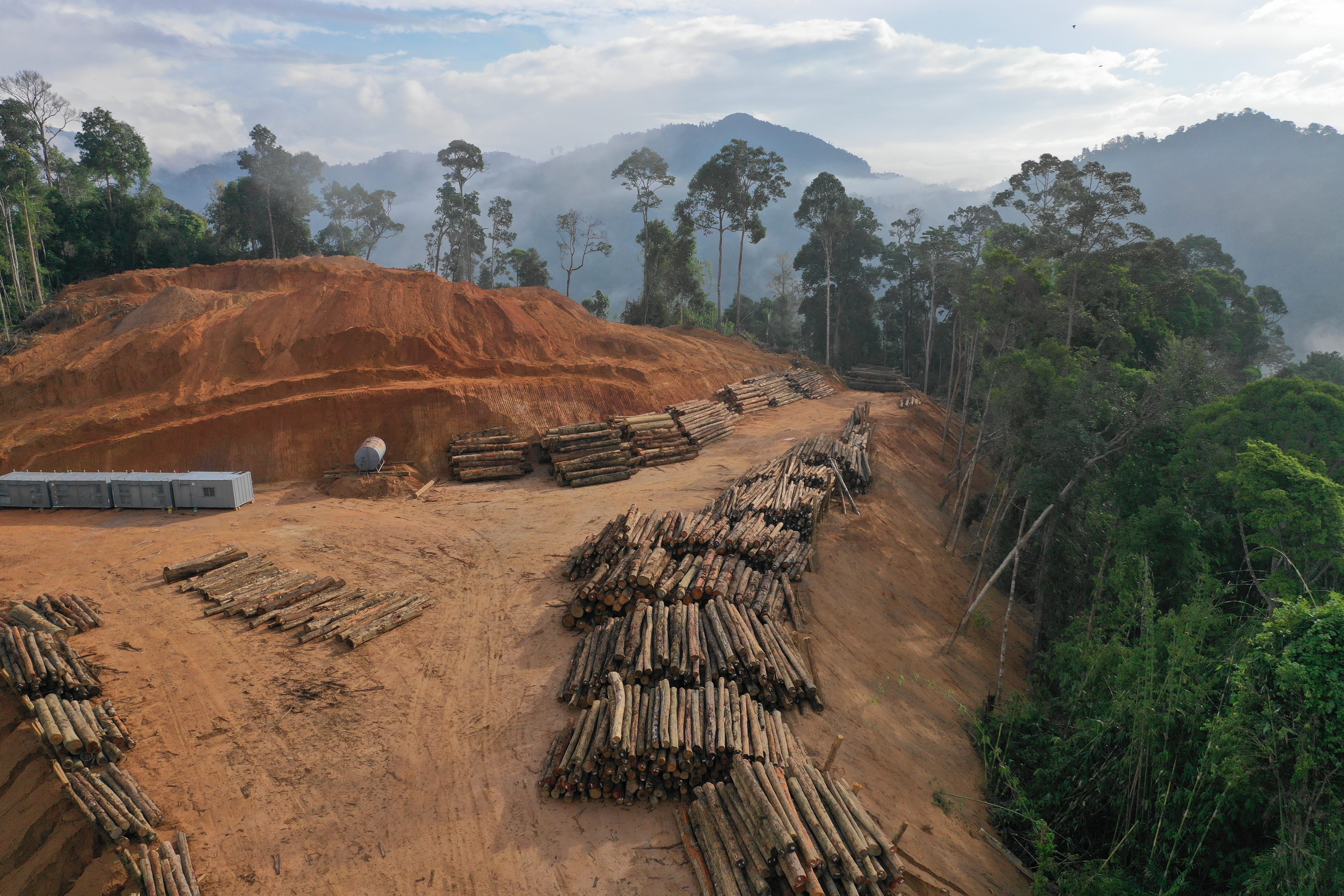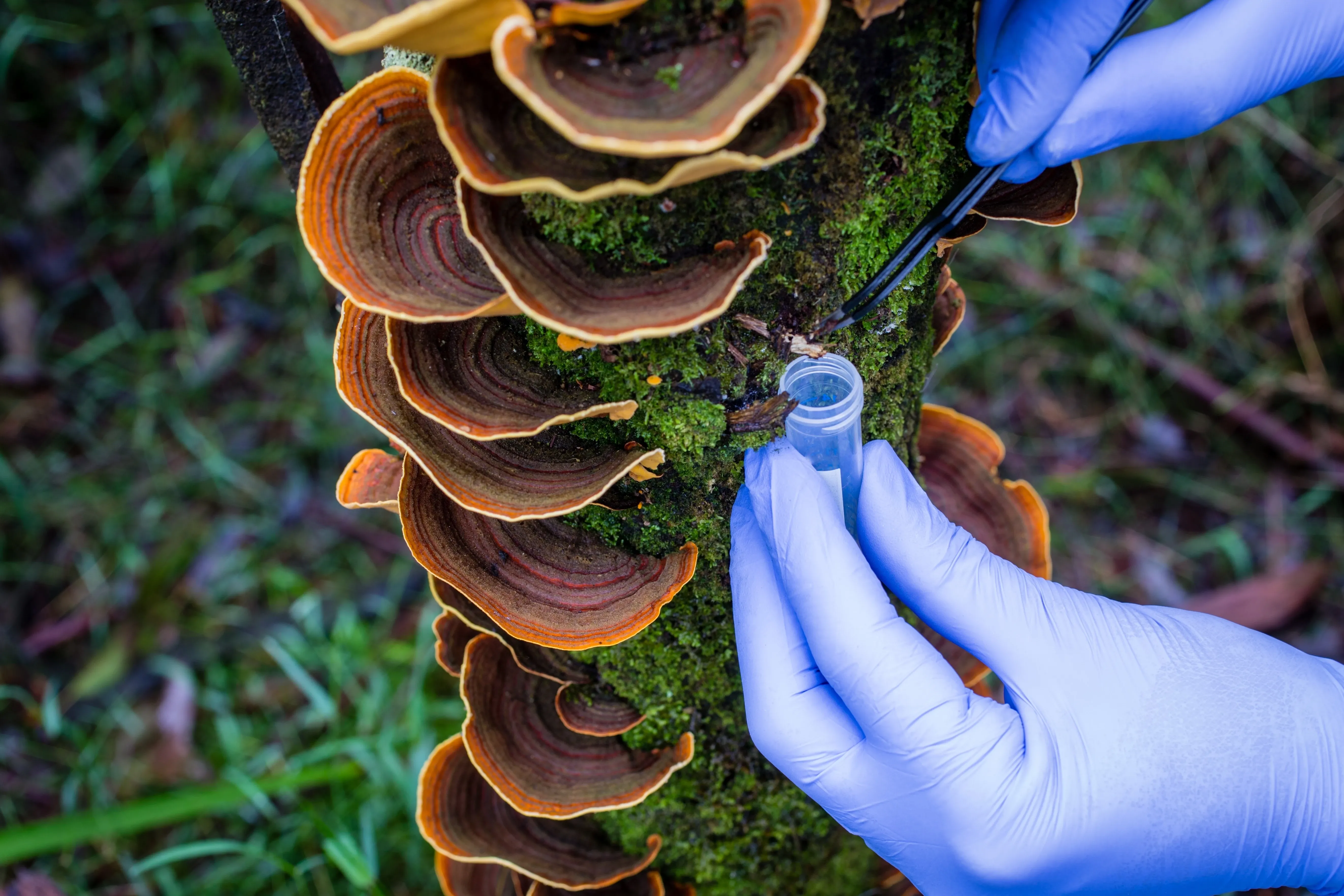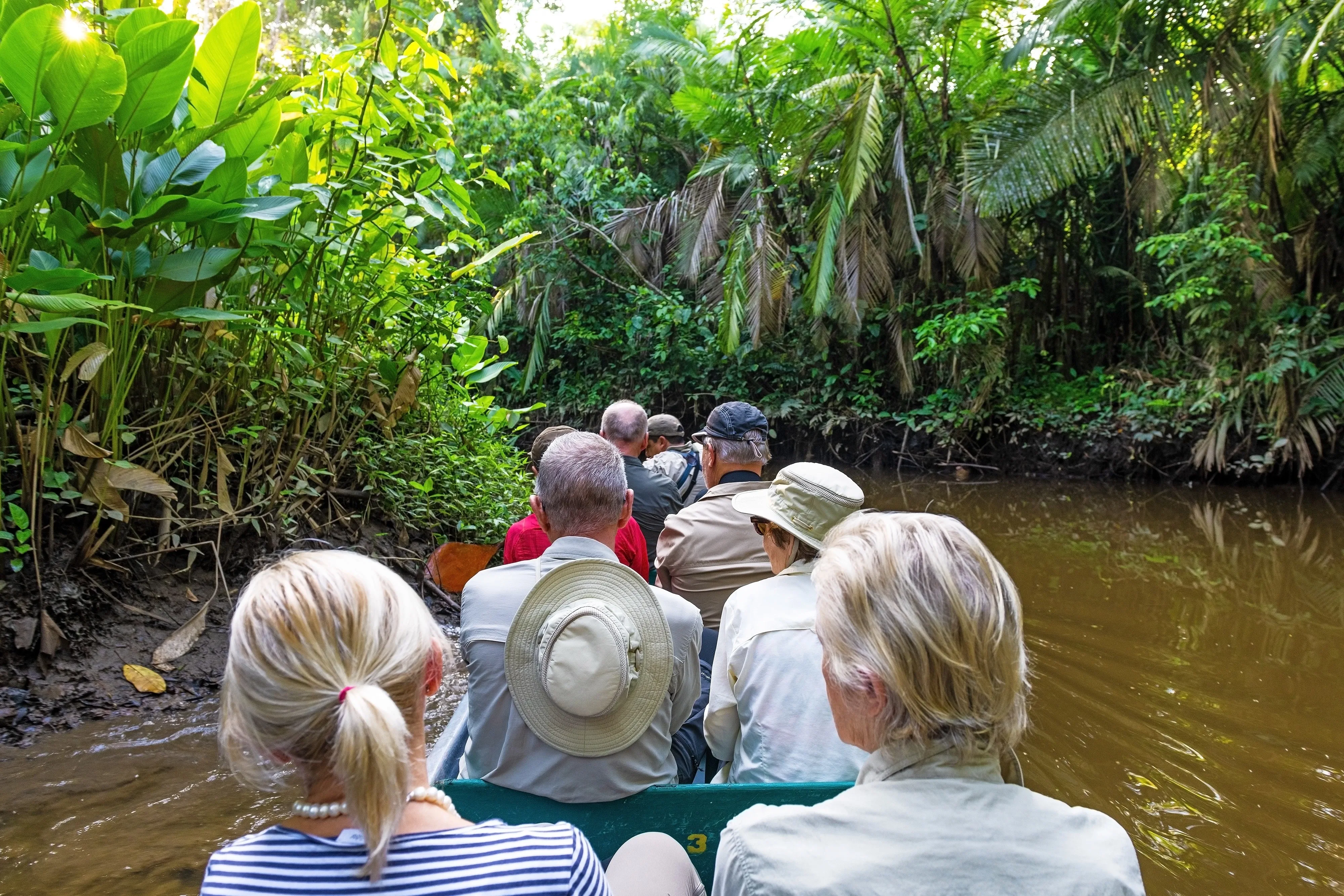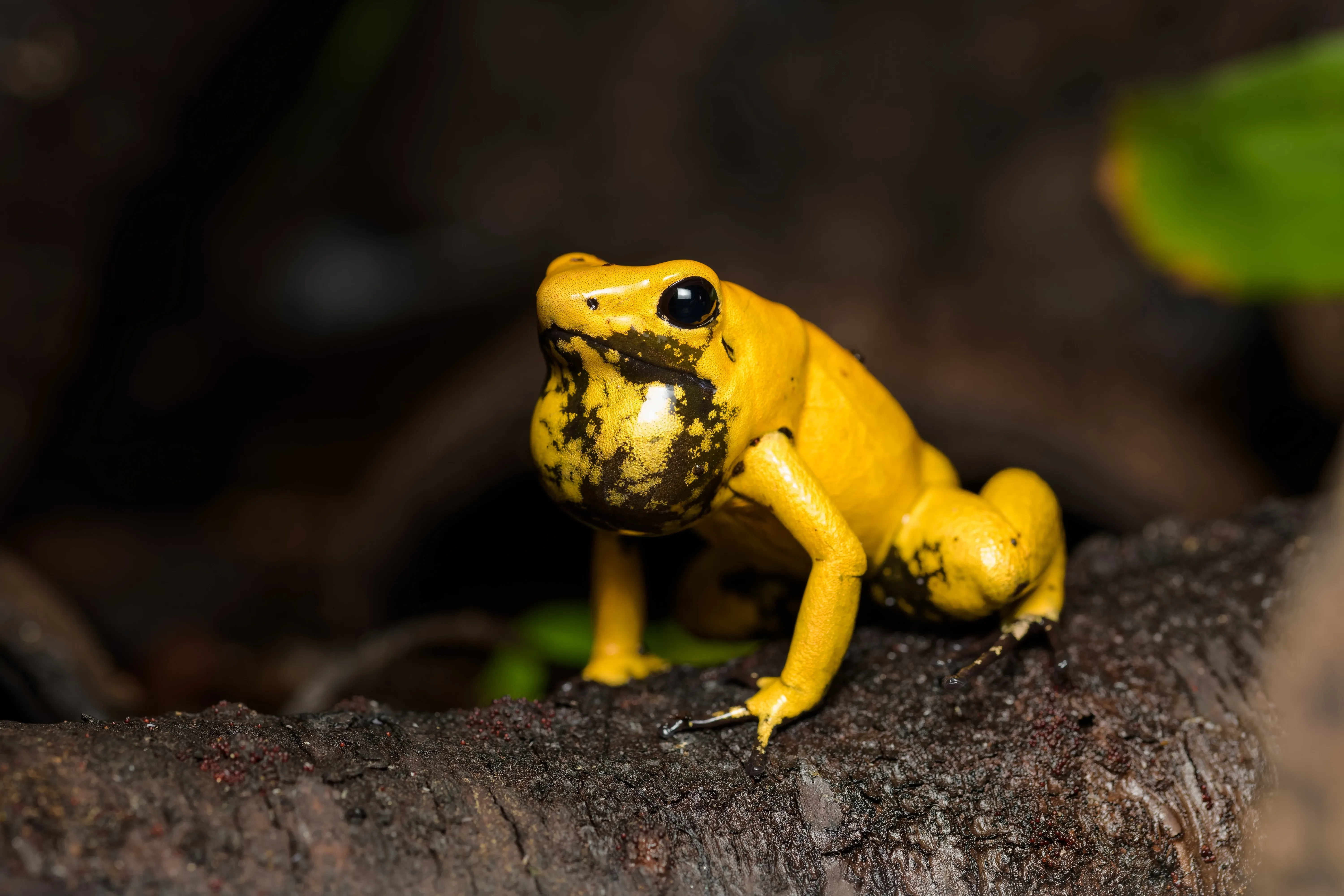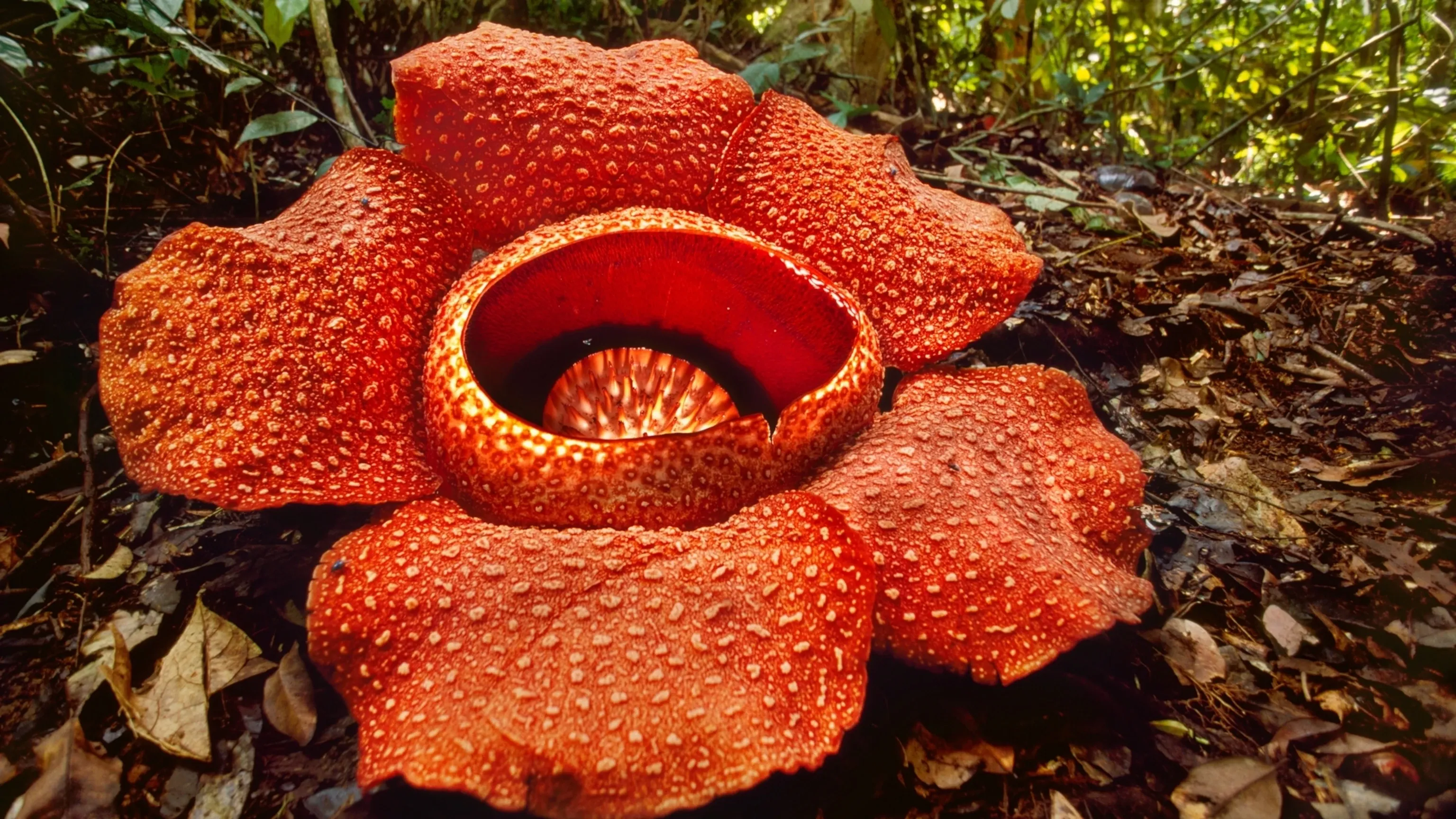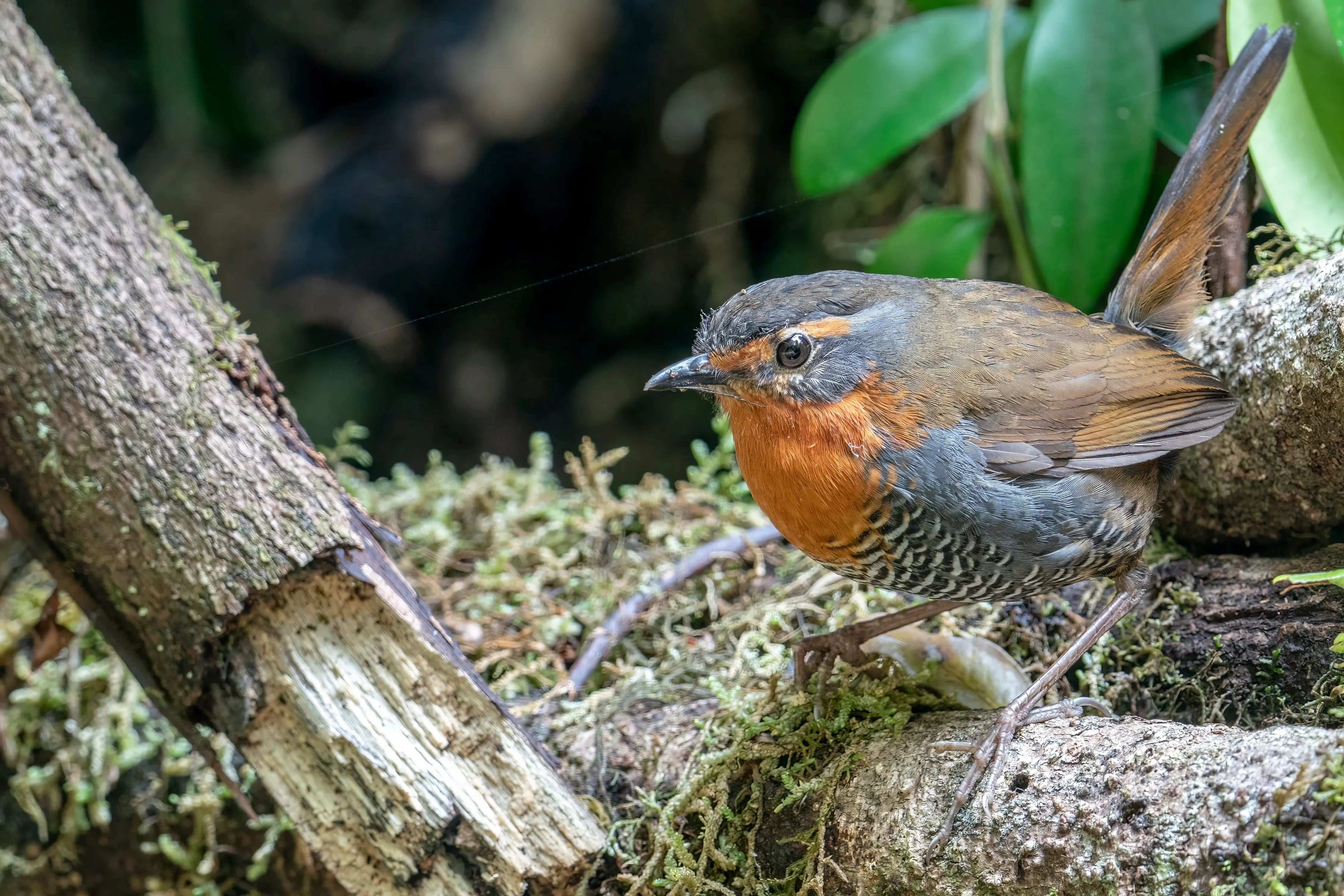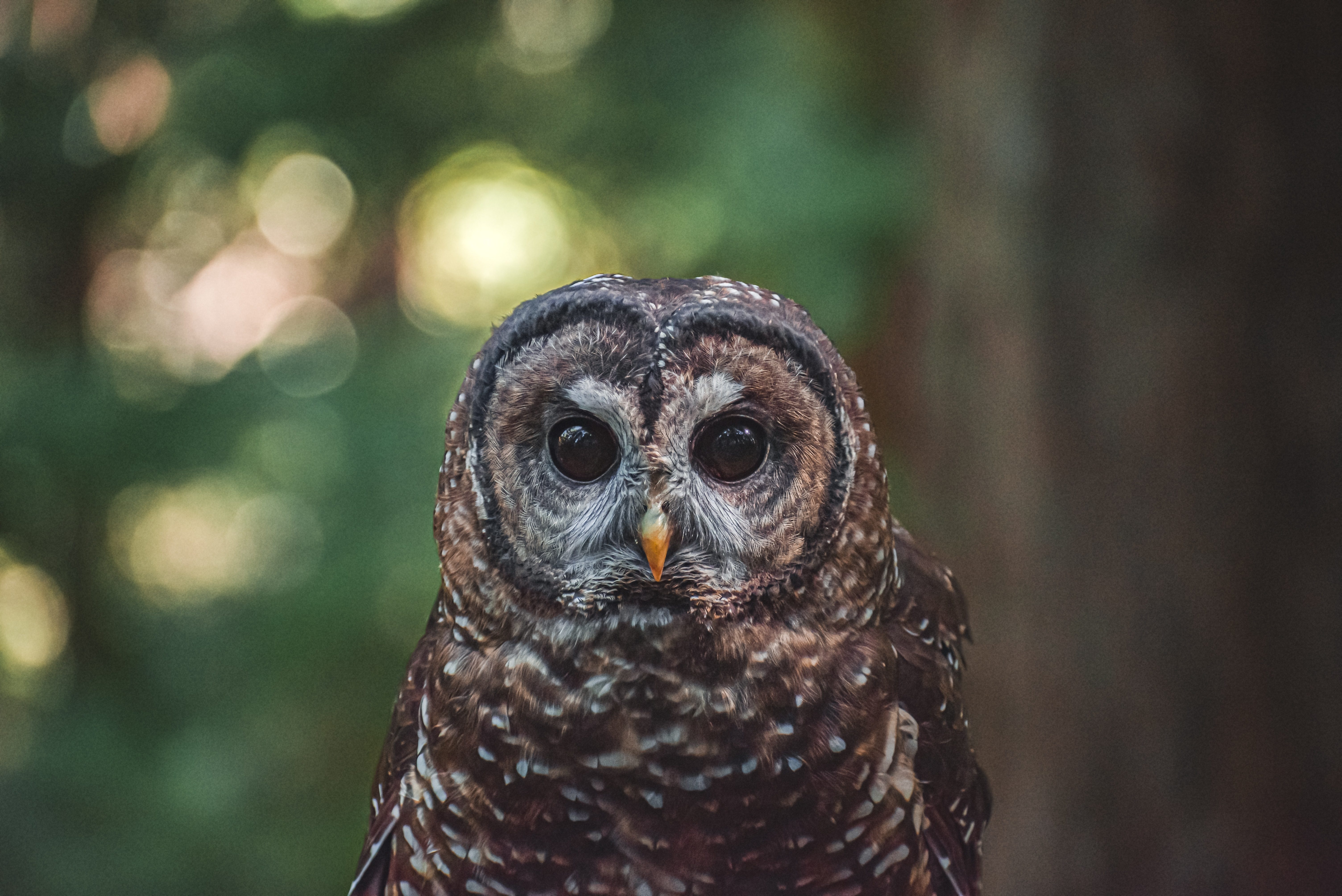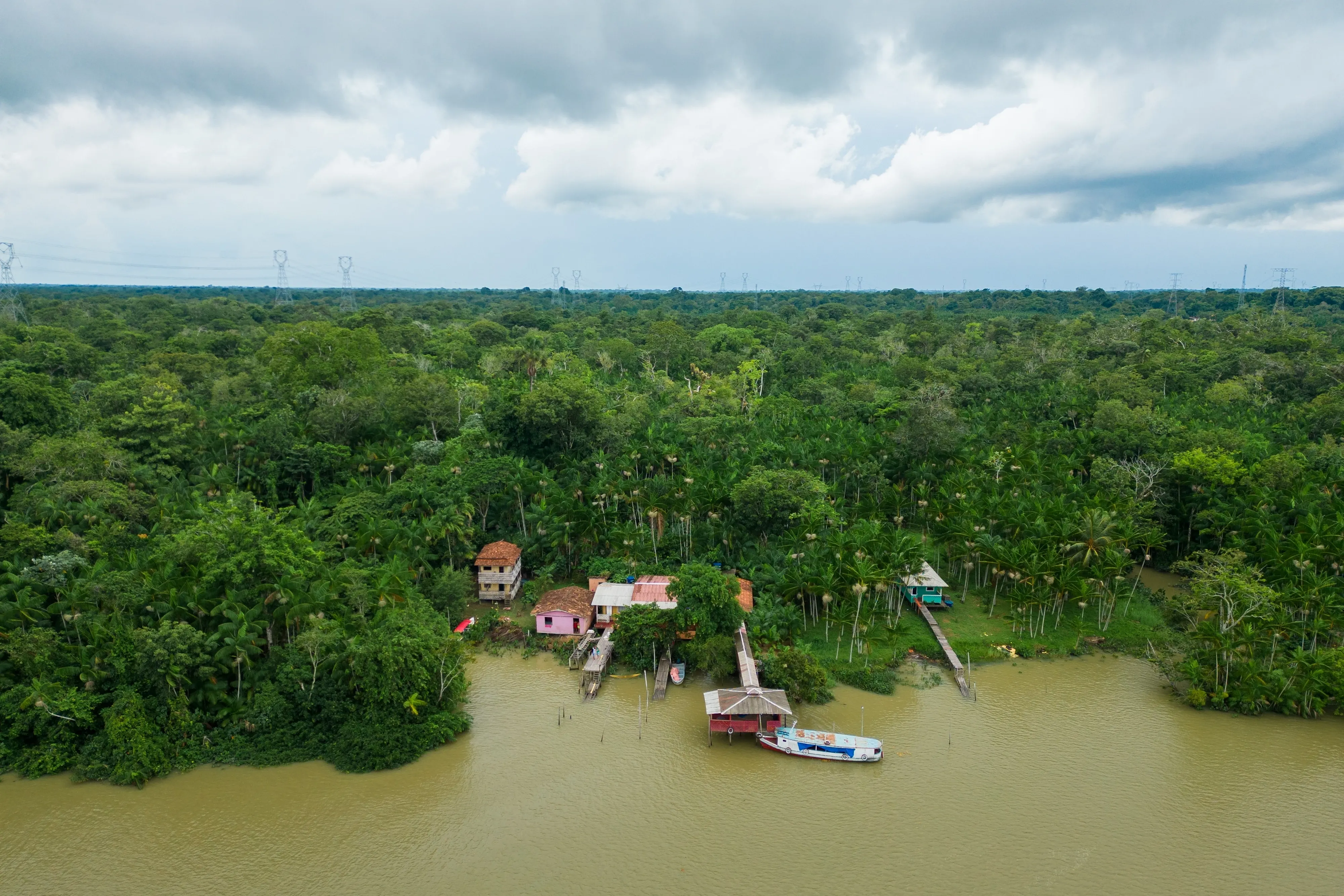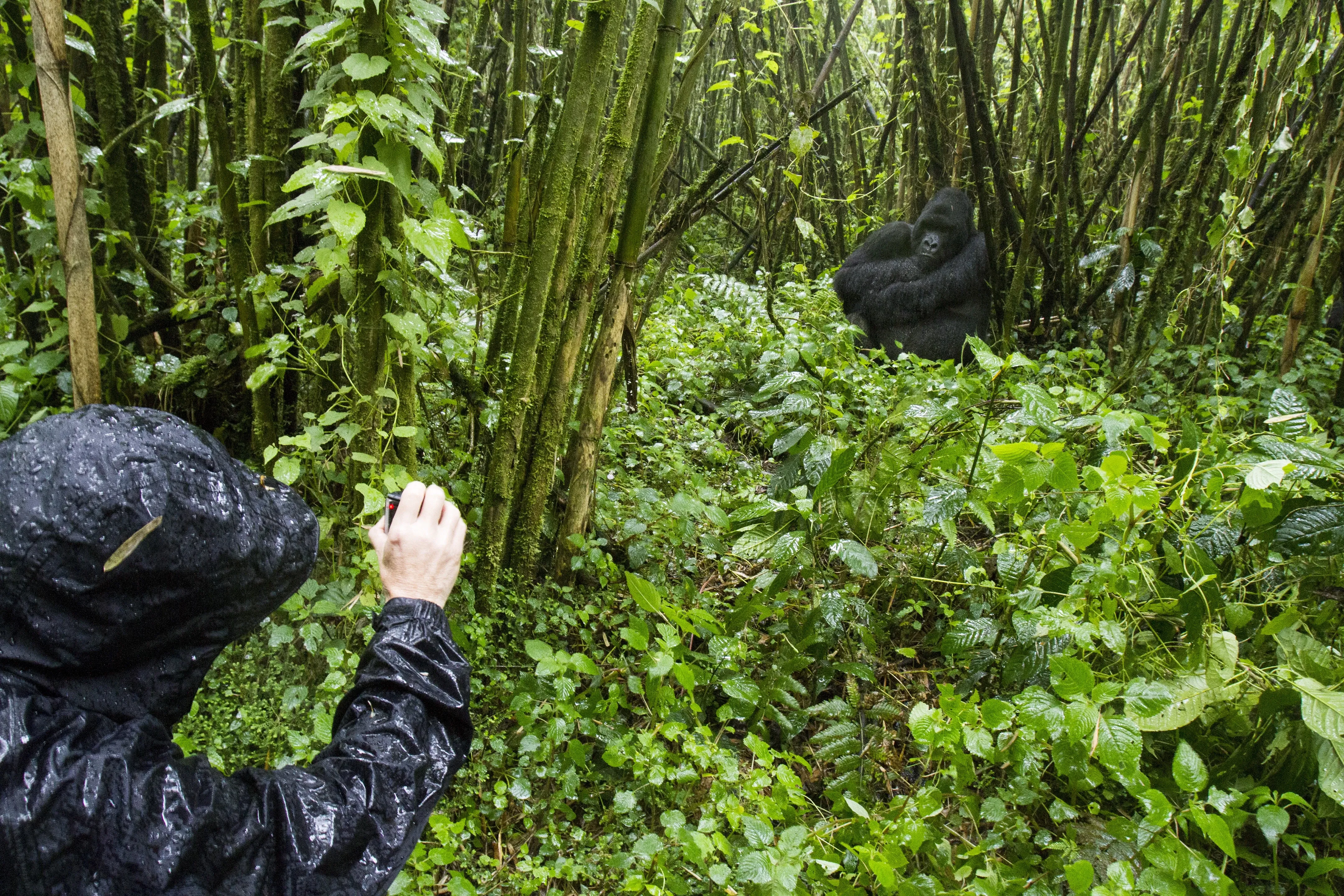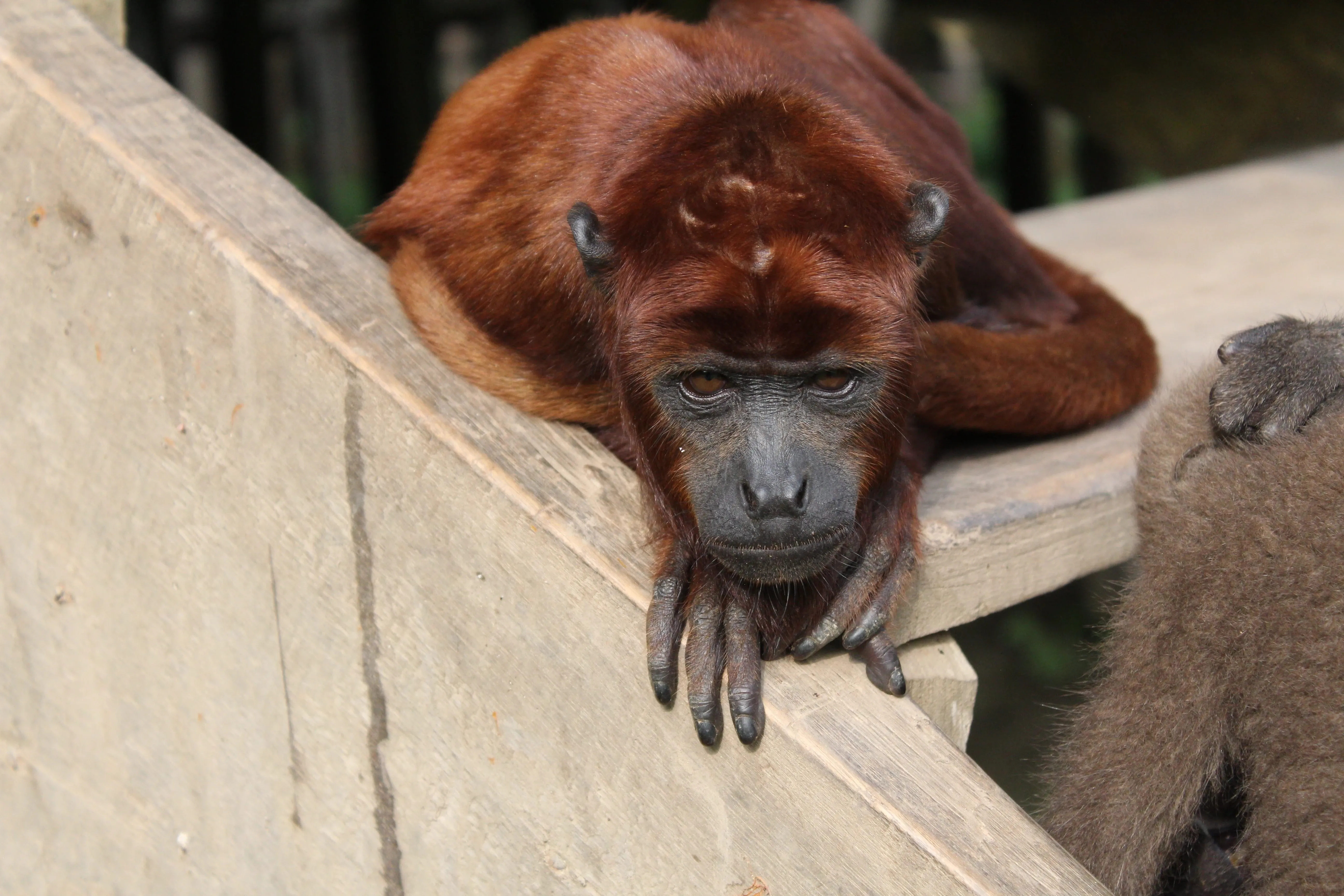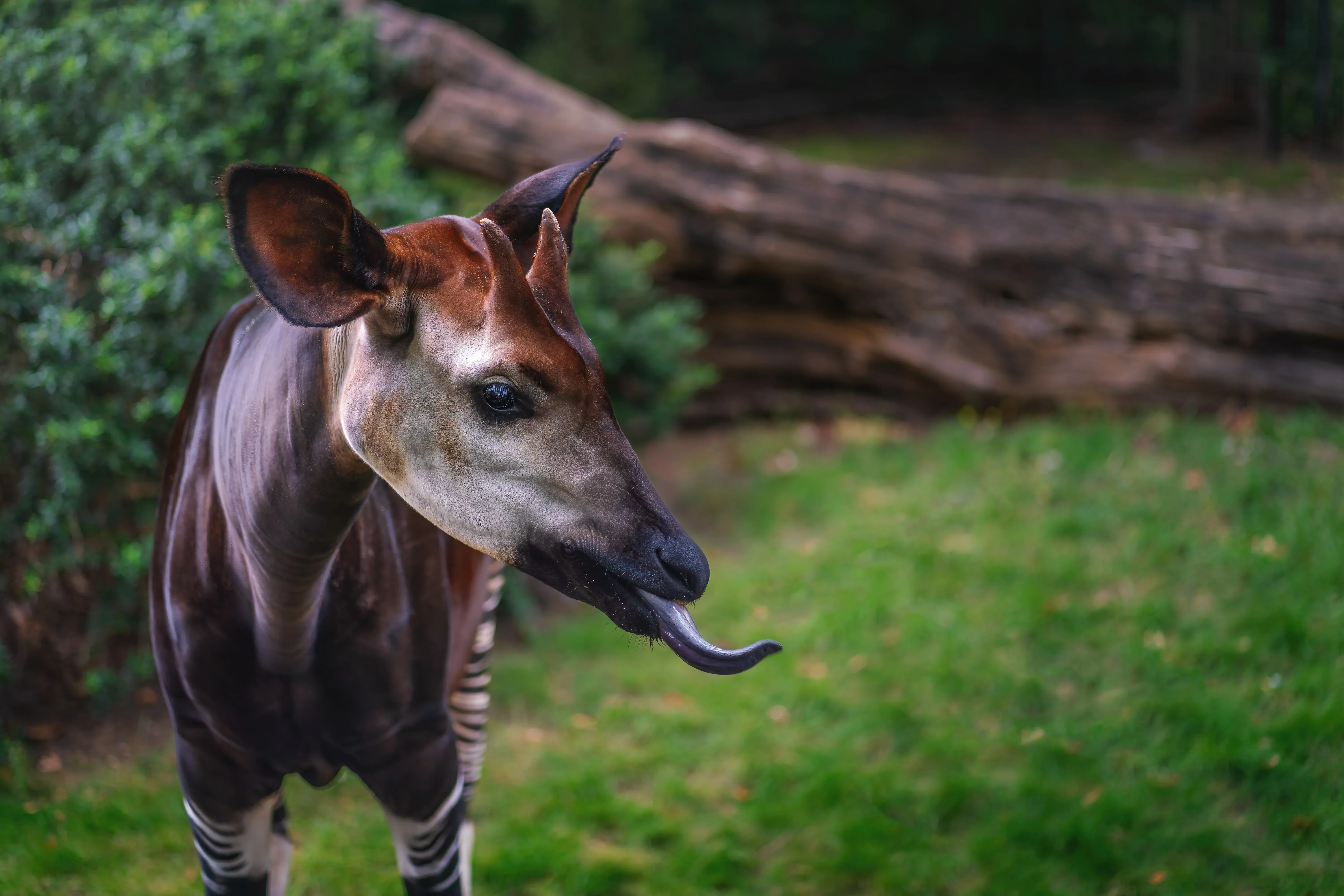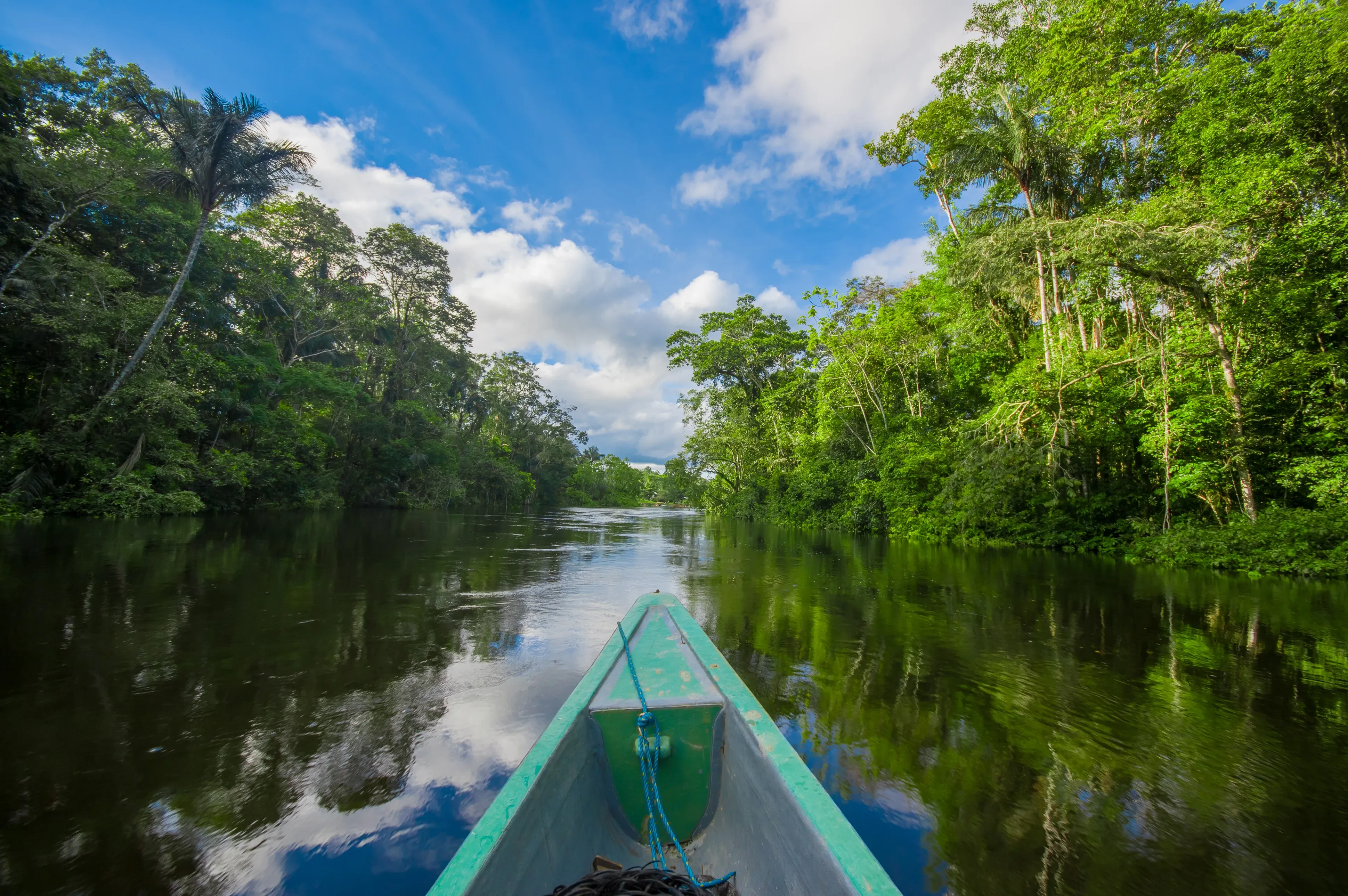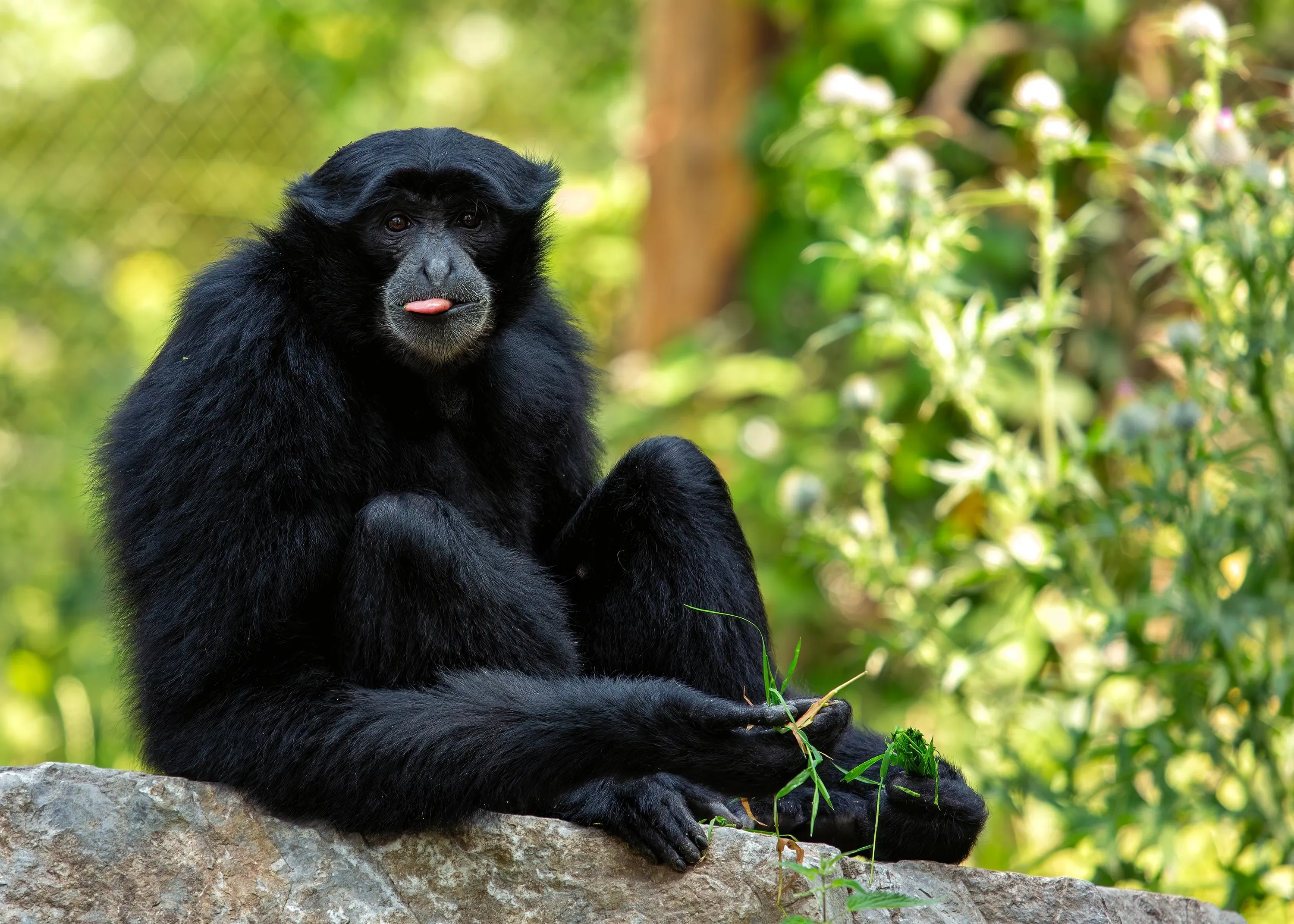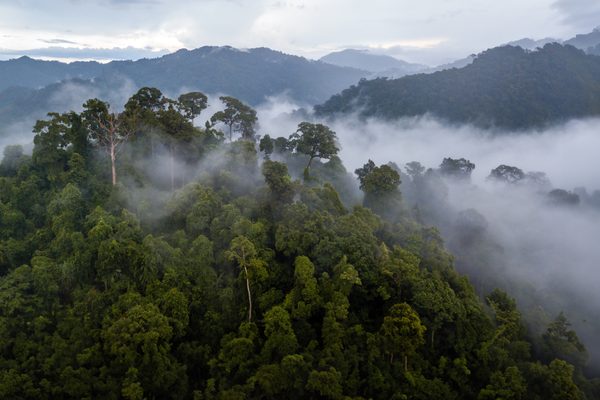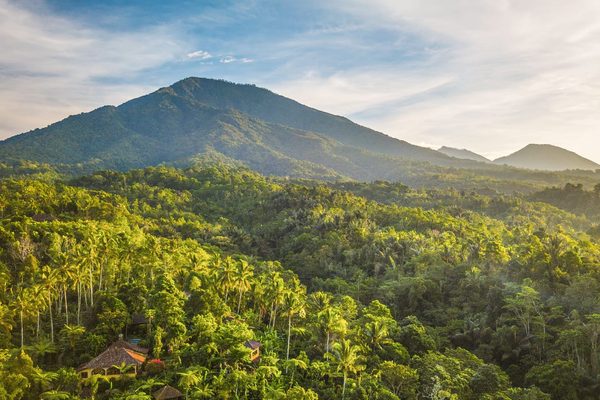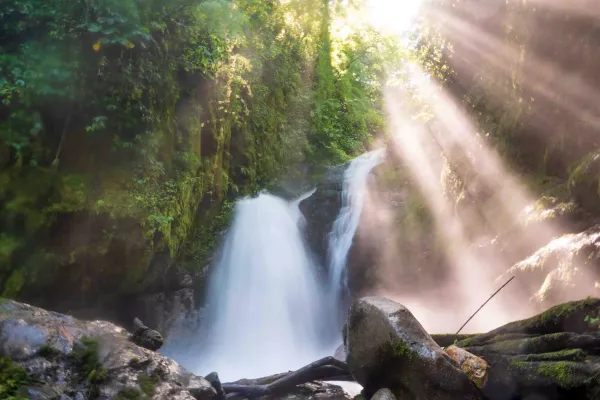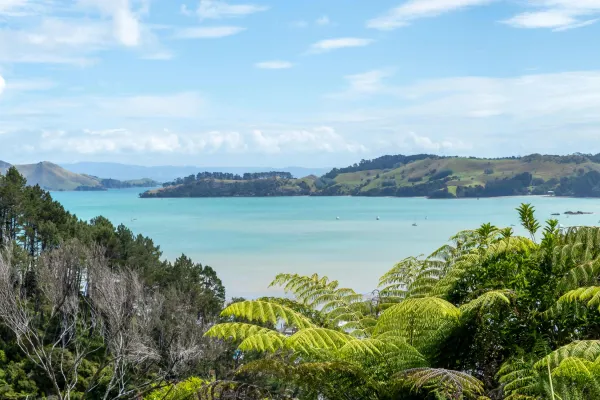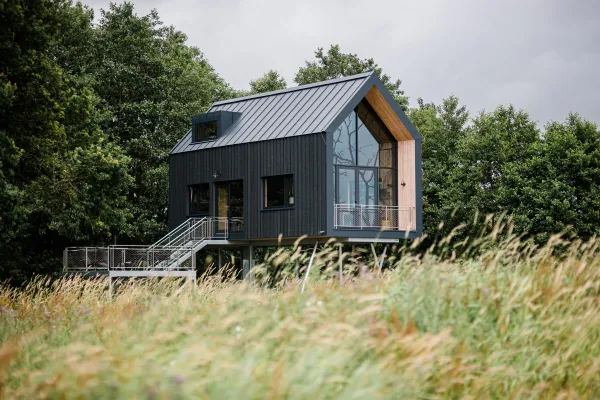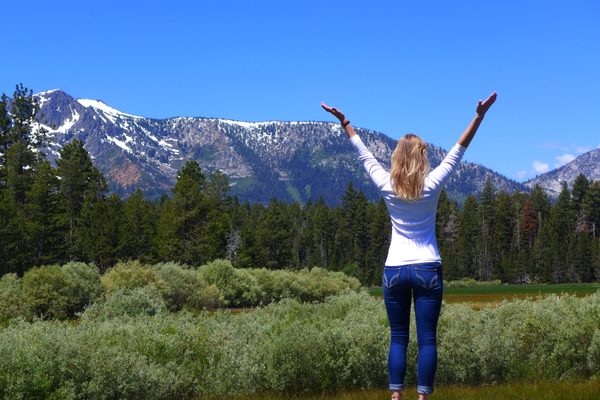Conscious Travel: Rainforest Conservation
Deep in the heart of our planet lies a realm that breathes life into the world’s lungs and pulses with an enigmatic rhythm that has endured for millions of years.
Rainforests, those verdant jungles of boundless diversity and untamed beauty, are more than just lush landscapes; they are the throbbing lifeblood of our Earth, teeming with secrets and stories that intertwine with the very fabric of life itself.
From the emerald canopies that stretch toward the heavens to the shadowy depths where sunlight dares not tread, these forests are both a sanctuary and a crucible of survival. As we venture into the rainforest, we step into a world where every drop of rain, every rustle of leaves, and every fleeting glance of wildlife is a reminder of the intricate balance that sustains our planet.
Join us on a journey into this extraordinary world, where the stakes for the future of our environment are as profound as the mysteries that lie within.
Rainforest - the green lungs of the earth
Rainforests are remarkable biomes renowned for their vast array of species and crucial ecological roles. These vibrant environments, characterized by abundant rainfall and dense greenery, foster a bustling array of life. What truly sets rainforests apart is their staggering variety of species, hosting roughly half of the Earth's known plant and animal life, with many species found nowhere else. From towering trees and rare flowers to elusive big cats, agile primates, gentle forest elephants, and vividly coloured birds, the array of organisms in these forests is unparalleled.
The physical complexity of rainforests is also noteworthy. They consist of several distinct layers, including the topmost emergent layer, the thick canopy, the shadowy understory, and the moist forest floor, each supporting specialized forms of life. For instance, the canopy is a sun-drenched zone bustling with diverse species, while the understory and forest floor are cooler and more humid, providing habitat for different types of insects, amphibians, and decomposers essential for nutrient recycling.
Rainforests are found across the globe, primarily in tropical regions near the equator, but they also thrive in temperate areas with high rainfall. The largest and most famous of these is the Amazon Rainforest in South America, which spans across Brazil, Peru, Colombia, and several other countries. In Central Africa, the Congo Basin holds the second-largest rainforest, while Southeast Asia is home to the lush forests of Indonesia, Malaysia, and Papua New Guinea. Further afield, rainforests can be found in unexpected locations, including New Zealand, British-Columbia in Canada and even parts of the United Kingdom.
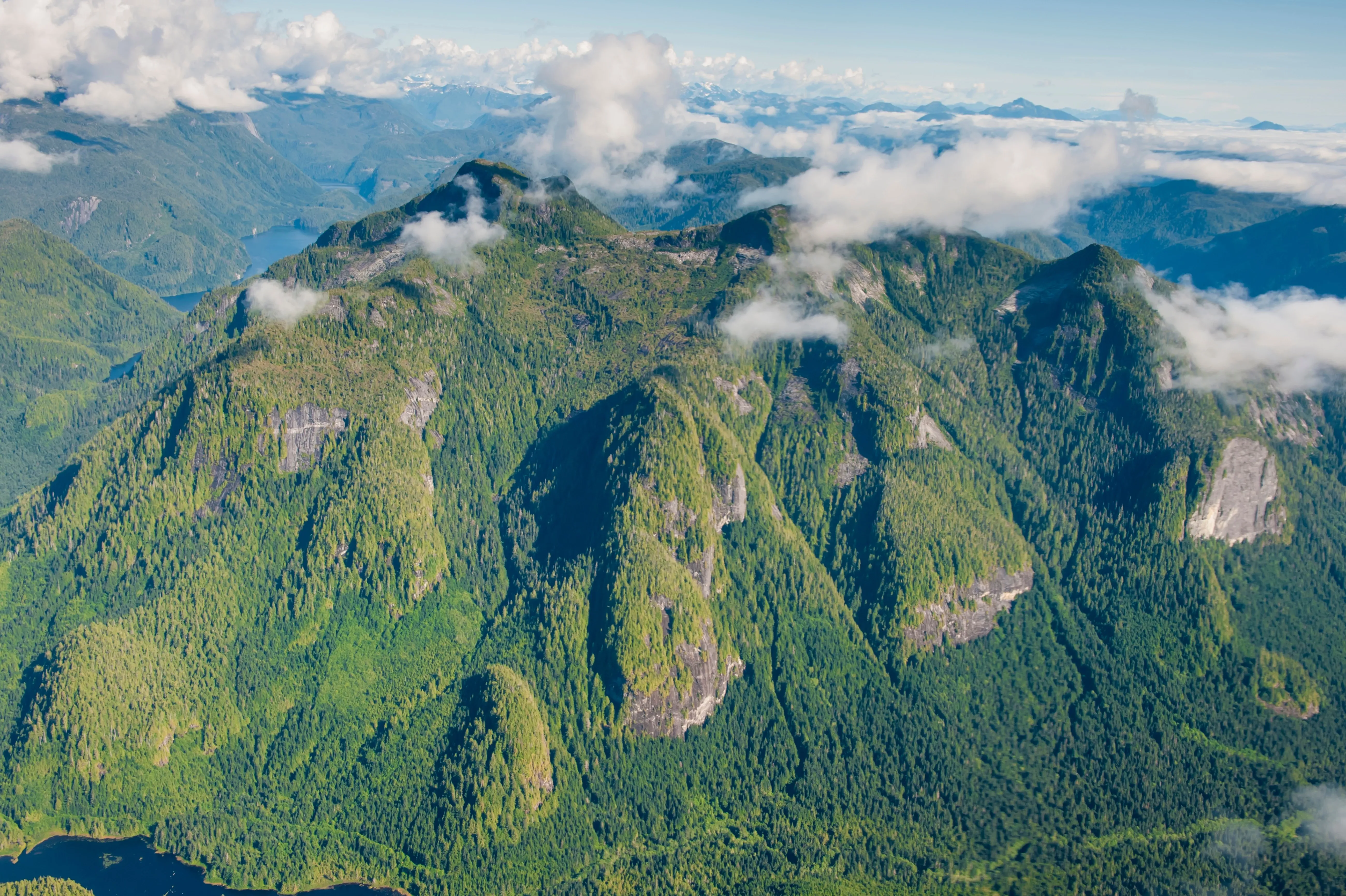
Rainforest conservation
Often described as the Earth's lungs, these vibrant ecosystems are essential for maintaining our climate's delicate balance. Rainforests absorb vast amounts of carbon dioxide and generate approximately 20% of the world’s oxygen. Tropical rainforests alone could potentially offset around 7 billion metric tons of carbon dioxide.
The consequences of rainforest destruction are severe. Rainforests have been disappearing rapidly, largely due to human activity over the past few centuries. Once spanning 14% of the planet's land area, they now cover just 6%. It results in the rapid loss of biodiversity, increased carbon emissions that worsen climate change, and disruptions to the water cycle, which can exacerbate droughts and floods.
Effective conservation efforts require therefore a multifaceted approach: safeguarding existing forests through habitat preservation, addressing deforestation solutions such as curbing illegal logging and unsustainable agriculture, and promoting eco-friendly initiatives. All these efforts, including reforestation, are essential because they not only support the world’s wildlife and plant life but also engage local communities.
Wildlife preservation within rainforests goes beyond protecting individual species; it involves the broader task of safeguarding entire ecosystems. Protecting keystone species is particularly crucial because their decline can trigger cascading effects throughout the food web, leading to widespread ecological imbalances.
Ultimately, rainforest conservation is a shared responsibility that demands global cooperation. Governments, businesses, NGOs, and individuals must unite to implement policies and practices that address the climate change impact as well as the importance of environmental education and ensure the continued protection of these irreplaceable ecosystems.
Challenges that rainforests and their conservation efforts face
As mentioned above, rainforests are among the most vital and diverse ecosystems on our planet, offering crucial benefits such as climate regulation, biodiversity, and natural resources. Yet, these incredible environments face a range of serious threats that jeopardize their health and survival. The preservation of rainforests is essential not only for maintaining the intricate balance of life within them but also for sustaining global ecological stability.
The primary threats to rainforests include:
#1 Deforestation: The large-scale clearing of rainforest areas for agricultural purposes, logging, and infrastructure development is one of the most significant threats. This process leads to the destruction of vast tracts of forest, causing extensive habitat loss and a dramatic decrease in biodiversity as countless plant and animal species lose their homes.
#2 Illegal logging: Unauthorized harvesting of trees, often occurring in protected areas or in violation of environmental regulations, exacerbates habitat destruction. Illegal logging not only contributes to biodiversity loss, but increases carbon emissions, further intensifying climate change.
#3 Agricultural expansion: As demand for food and livestock grows, rainforests are increasingly cleared to make way for crops and pastures. This depletes forest cover and leads to soil degradation, which compounds environmental issues. The use of pesticides and fertilizers in these areas can also pollute nearby ecosystems and waterways.
#4 Climate change: The impacts of climate change are particularly severe in rainforests. Rising temperatures and altered weather patterns can lead to more frequent and intense droughts, wildfires, and disease outbreaks, disrupting the delicate balance of all ecosystems and affecting forest health.
#5 Mining: The extraction of minerals and other resources from rainforest regions causes significant damage. Mining operations often result in deforestation, habitat destruction, and pollution of soil and water, causing long-lasting harm to both the environment and local communities.
#6 Human encroachment and urbanization: The expansion of urban areas and infrastructure fragments rainforest landscapes. This fragmentation isolates wildlife populations, impairs ecological processes, and reduces the overall health and connectivity of these vital ecosystems.
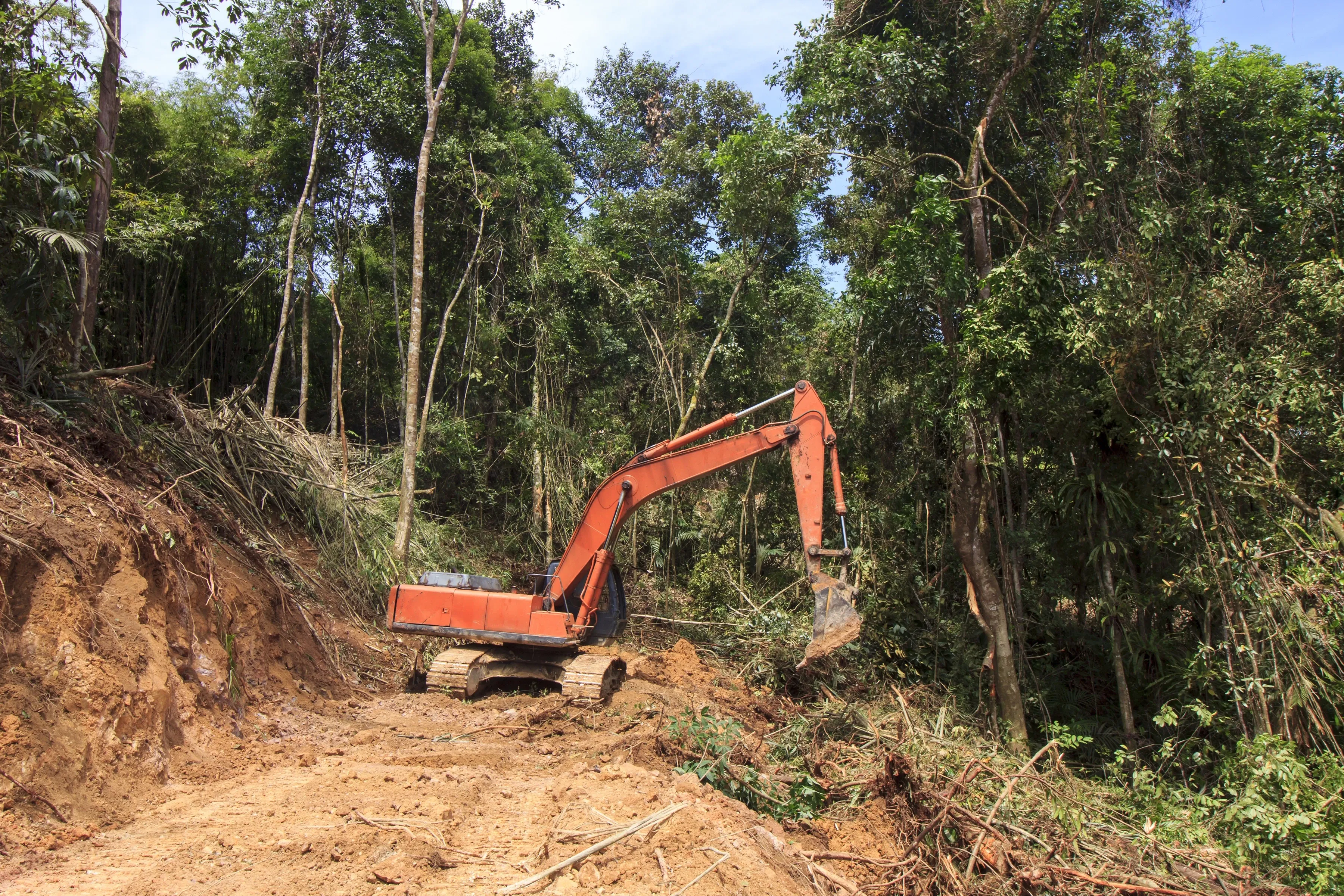
Rainforest conservation efforts - protecting vital ecosystems
To address these multifaced challenges many organizations, governments, naturalists, scientists, and local communities worldwide started enforcing conservation efforts to safeguard our rainforests. They typically focus on a combination of protection, restoration, and sustainable management. Here is an overview of what some of the conservation efforts involve:
- Protected areas: Creating and maintaining national parks and reserves help safeguard rainforests from development and exploitation. These areas serve as refuges for wildlife and preserve biodiversity.
- Sustainable logging practices: Techniques like reduced-impact logging and tree-farming ensure that logging operations don't permanently damage forest ecosystems. These practices allow forests to recover more quickly and maintain their ecological functions.
- Reforestation and afforestation: These efforts involve planting native tree species to restore degraded lands or to re-establish forests where they have been lost. They help rebuild habitats, sequester carbon, and improve soil health.
- Research and monitoring: Scientific research provides critical data on rainforest health, species diversity, and ecosystem functions. Monitoring helps track changes and the effectiveness of conservation measures, guiding future actions.
- Education and awareness: Public campaigns and educational programs can increase understanding of the importance of rainforests, influencing behaviour and policy decisions. Awareness efforts also support fundraising and volunteerism.
- Indigenous rights and involvement: Indigenous communities often have a deep connection to the land and traditional knowledge about sustainable practices. Supporting their rights can enhance conservation outcomes and promote more effective stewardship of rainforests.
- Eco-tourism: By developing conscious tourism that minimizes environmental impact and benefits local communities economically, eco-tourism helps create financial incentives for conserving rainforests instead of exploiting them.
- Legislation and policy: Governments can pass laws to limit deforestation, regulate land use, and enforce conservation measures. Policies can also incentivize sustainable practices and provide funding for conservation projects.
Rainforest Conservation - FAQ
What is the difference between a rainforest and a cloud forest?
Rainforests and cloud forests are two distinct types of forests found in different environments but both play vital roles in global biodiversity. While rainforests thrive in warm, lowland regions with high rainfall, cloud forests are located at higher altitudes, shrouded in mist and cooler temperatures. Both ecosystems are rich in plant and animal life, but they differ in climate, altitude, and the type of species they support.
Rainforests
Rainforests are dense, tropical or subtropical forests characterized by high rainfall, typically receiving over 2000 millimetres (80 inches) of rain annually. Rainforests are hot and humid year-round, with temperatures typically ranging between 20°C to 30°C (68°F to 86°F).
This warm, moist environment supports an immense diversity of plant and animal species, making rainforests some of the most biodiverse ecosystems on Earth. The variety of plant life in rainforests includes broad-leaved evergreen trees, vines, ferns, and epiphytes like orchids and bromeliads.
Cloud Forests
Cloud forests, also known as montane rainforests, are high-altitude forests typically found on mountain ranges, usually between 1,000 to 3,000 meters (3,300 to 10,000 feet) above sea level. They derive their name from the persistent cloud cover or mist that envelops the forest, primarily due to the moist air condensing as it rises along mountain slopes.
Cloud forests are cooler than tropical rainforests, with temperatures generally ranging from 10°C to 20°C (50°F to 68°F). Though they also receive a significant amount of rainfall, cloud forests often get additional moisture from mist and fog, creating a damp environment that supports a unique range of species, particularly mosses, ferns, and epiphytes.
These forests are known for their lower tree heights compared to tropical rainforests, and they have a more open canopy. Cloud forests often exist in smaller patches and are more sensitive to environmental changes due to their specific climate conditions.
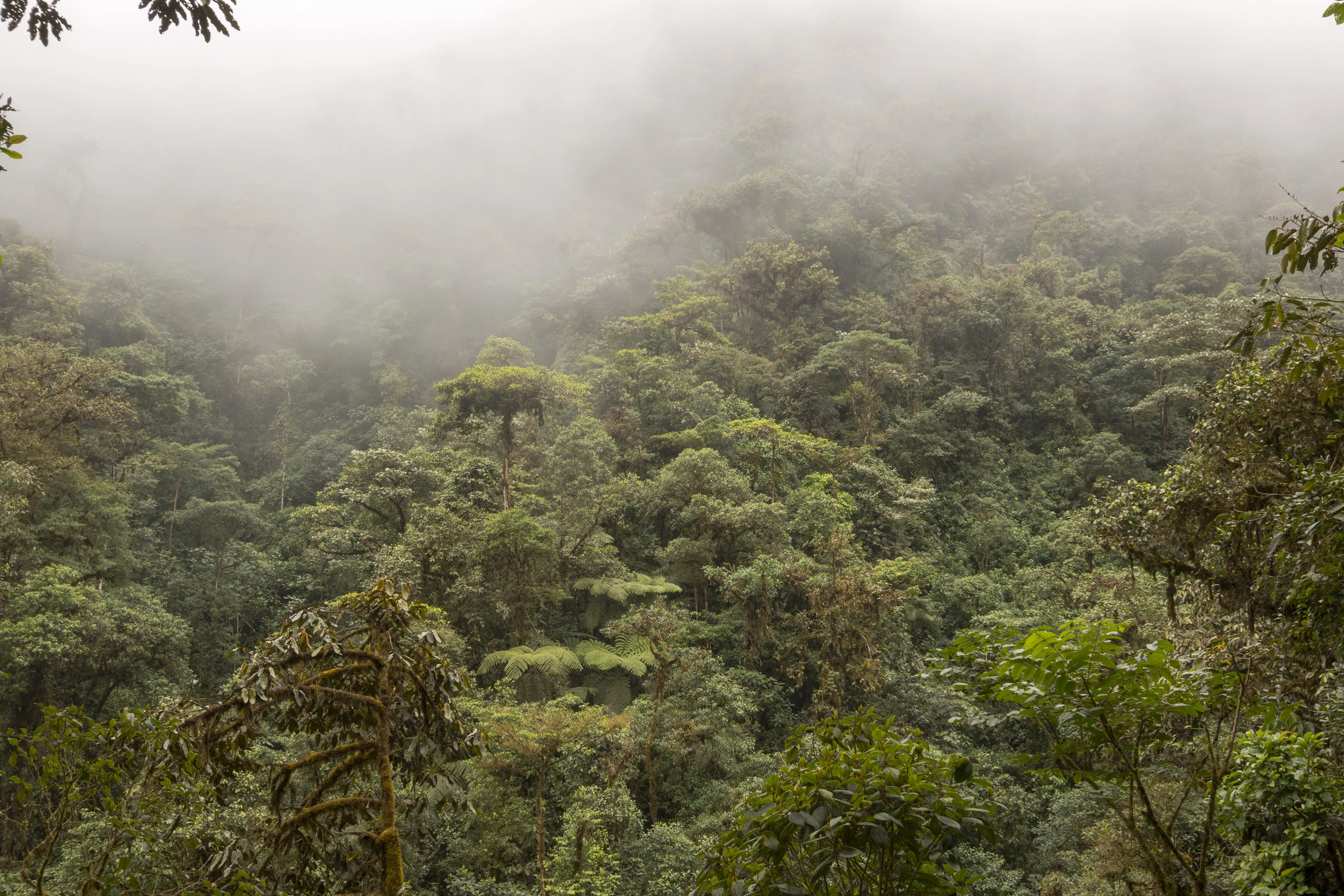
What kind of endangered species live in rainforests?
Rainforests, both tropical and temperate, are home to an extraordinary range of biodiversity. Many species in these forests are endangered or threatened due to habitat loss, deforestation, illegal hunting, climate change, and other human activities. Here are some notable endangered and threatened species living in rainforests around the world:
#1 Tropical Rainforests
These are located near the equator in places like the Amazon Basin, the Congo Basin, and Southeast Asia.
Mammals:
- White-bellied spider monkey – Critically endangered, found in the Amazon rainforest. This primate suffers from habitat loss due to deforestation and hunting.
- Amazon river dolphin (Pink River Dolphin) – Vulnerable, this freshwater dolphin inhabits the Amazon River Basin. It's threatened by dam construction, pollution, and entanglement in fishing gear.
- Giant armadillo – Vulnerable, found in the Amazon Basin, this species is threatened by habitat destruction and hunting.
- Ocelot (Leopardus pardalis) – Near Threatened, found in tropical rainforests, this elusive wild cat is threatened by habitat loss and poaching.
- Orangutans (Sumatran & Bornean) – Critically endangered, these great apes are found in the rainforests of Borneo and Sumatra.
- Sunda Pangolin – Critically endangered, native to Southeast Asian rainforests, it faces a high risk of extinction due to illegal poaching for its scales and meat.
- Sumatran tigers – Critically endangered due to deforestation and poaching, living in the rainforests of Sumatra.
- Western Lowland Gorilla – Critically endangered, native to the rainforests of Central Africa, particularly the Congo Basin.
- Chimpanzees – Endangered, inhabiting the forests and savannas of West and Central Africa.
- Okapi – Endangered, living in the rainforests of the Congo Basin. The okapi is threatened by habitat loss and poaching, as well as political instability in the region.
Birds:
- Rio Branco antbird – Critically endangered, found only in a small section of rainforest along the Rio Branco in Brazil. It's highly threatened by deforestation and habitat destruction.
- Harpy eagle – Threatened by habitat loss, found in Central and South American rainforests.
- Philippine eagle – Critically endangered, this large raptor is found in the Philippines' tropical rainforests.
- Kakapo – A flightless parrot native to New Zealand's rainforest, critically endangered due to invasive species and habitat destruction.
- Resplendent quetzal – Found in the montane rainforests of Central America, near threatened due to habitat fragmentation.
Reptiles and Amphibians:
- Golden poison frog – Threatened, found in small areas of rainforest in Colombia.
- (Monteverde) Golden Toad (Incilius periglenes) – Extinct, this species was once found only in the Monteverde Cloud Forest but is now considered extinct due to climate change and habitat alteration.
- Madagascar big-headed turtle – Critically endangered, inhabiting rainforests and waterways of Madagascar.
- Axolotl – Critically endangered and endemic to the lakes and canals of Mexico City, in the forested areas around the water.
Plants:
- Rafflesia arnoldii – This rare parasitic plant found in Southeast Asian rainforests is threatened by deforestation.
- Brazil nut tree – An essential species in the Amazon rainforest, threatened by logging and agricultural expansion.
#2 Temperate rainforests
These cooler rainforests are found in coastal regions of temperate zones, like the Pacific Northwest of the U.S. and Canada, parts of Chile, and New Zealand.
Mammals:
- Spirit Bear (Kermode Bear) – A rare subspecies of the American black bear, the Spirit Bear is considered vulnerable due to habitat destruction and deforestation. It inhabits the temperate rainforests of British Columbia’s Great Bear Rainforest in Canada.
- Mountain tapir – Endangered, living in the cloud forests of the Andes, particularly in Colombia, Ecuador, and northern Peru.
Amphibians:
- Chile Darwin’s frog – Critically endangered, found in the temperate rainforests of Chile.
Plants:
- Western red cedar – This iconic tree of the Pacific Northwest’s temperate rainforests is under threat from logging.
- Monkey puzzle tree – Endangered, native to the temperate rainforests of Chile and Argentina.
Birds:
- Kea – Vulnerable, a large, intelligent parrot found in the temperate rainforests of New Zealand.
- Chucao Tapaculo – Endemic to the temperate rainforests of southern Chile and Argentina, currently considered vulnerable due to deforestation.
- Northern spotted owl – Threatened, inhabits the temperate rainforests of the Pacific Northwest, facing habitat destruction due to logging.
- Northern cassowary – Endangered, inhabits the Daintree Rainforest in Australia, facing threats from habitat loss and vehicle collisions.
Rainforest conservation success stories?
There are several inspiring success stories in the conservation of tropical and temperate rainforests. These efforts, led by governments, NGOs, indigenous communities, and international coalitions, show that it’s possible to preserve and restore these critical ecosystems. Below are some key examples:
Reforestation and forest restoration
In many countries, large-scale reforestation projects have successfully restored degraded rainforests. Governments, NGOs, and local communities work together to replant native tree species, reviving biodiversity, improving water cycles, and capturing carbon. This approach has been effective in reversing deforestation trends in countries like Costa Rica and parts of Madagascar, where restored forests provide benefits for both ecosystems and local economies.
Deforestation control and law enforcement
In some regions, robust government policies and improved law enforcement have been successful in curbing deforestation. For example, countries like Brazil saw significant reductions in deforestation rates in the Amazon and the Mata Atlântica during periods of strong government action, thanks to satellite monitoring, enforcement of environmental laws, and the expansion of protected areas. These initiatives have been vital in protecting large sections of rainforest.
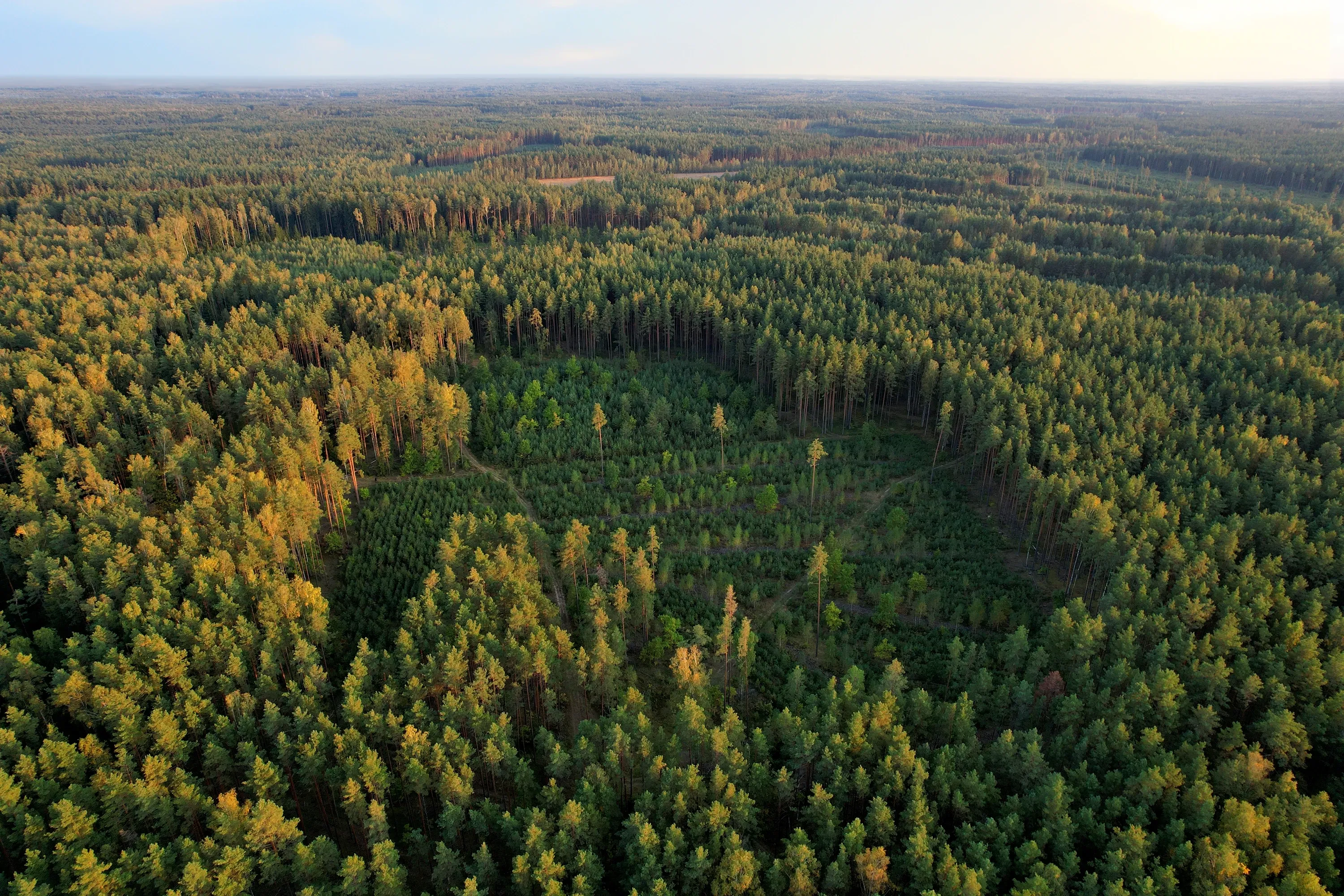
Protected areas and national parks
Establishing protected areas like national parks and reserves has been a fundamental strategy in conserving rainforests. By setting aside large tracts of land where industrial activities such as logging and mining are prohibited, countries have successfully preserved vast sections of rainforests. Examples include the Amazon Basin in South America, and the Great Bear Rainforest in Canada, which is one of the largest protected temperate rainforests. These areas serve as sanctuaries for wildlife, helping maintain critical ecosystems and their biodiversity.
Indigenous land management
Indigenous communities play a vital role in rainforest conservation. Many indigenous groups have sustainably managed rainforests for generations, protecting large forest areas through traditional knowledge and practices. Recognizing indigenous land rights and empowering these communities to manage their forests has proven to be one of the most effective conservation strategies. Indigenous territories in places like the Amazon, the Great Bear Rainforest in Canada and the Congo Basin act as natural barriers against deforestation, preserving vast swathes of rainforest.
Community-led conservation initiatives
In many areas, local communities have taken the lead in rainforest conservation, often with support from NGOs and international organizations. By involving communities in the management of forests, conservation programs have empowered local people to protect their natural resources while developing sustainable livelihoods. These community-led efforts are especially important in regions where government resources for forest protection are limited, such as parts of Africa for example in Uganda, Gabon, Congo or Madagascar.
Ecotourism and sustainable development
Ecotourism has emerged as a successful way to generate income while conserving rainforests. Countries in Central America like Costa Rica or in South America like Ecuador, Chile and Peru, as well as in Africa or Southeast Asia like in Uganda, Sumatra, Borneo and many others, have capitalized on their natural beauty, attracting tourists to rainforests while reinvesting in their protection. By offering alternatives to destructive land-use practices like logging, ecotourism has created a sustainable economic model that encourages conservation and helps local communities benefit from the preservation of rainforests.
Climate change mitigation
Rainforest conservation plays a key role in global climate change mitigation. As we know, rainforests act as carbon sinks, absorbing large amounts of CO2 from the atmosphere. Many conservation programs now emphasize the role of rainforests in combating climate change, leading to increased international support and funding for their protection. Different initiatives help protect rainforests while contributing to global efforts to reduce carbon emissions.
Corporate commitments and sustainable supply chains
Some multinational companies have made commitments to reduce their impact on rainforests by adopting sustainable practices. This includes sourcing raw materials such as timber, palm oil, and soy only from certified sustainable sources, reducing the demand for products that drive deforestation. The adoption of sustainable supply chains by major companies has helped slow the destruction of rainforests in places like Southeast Asia and the Amazon.
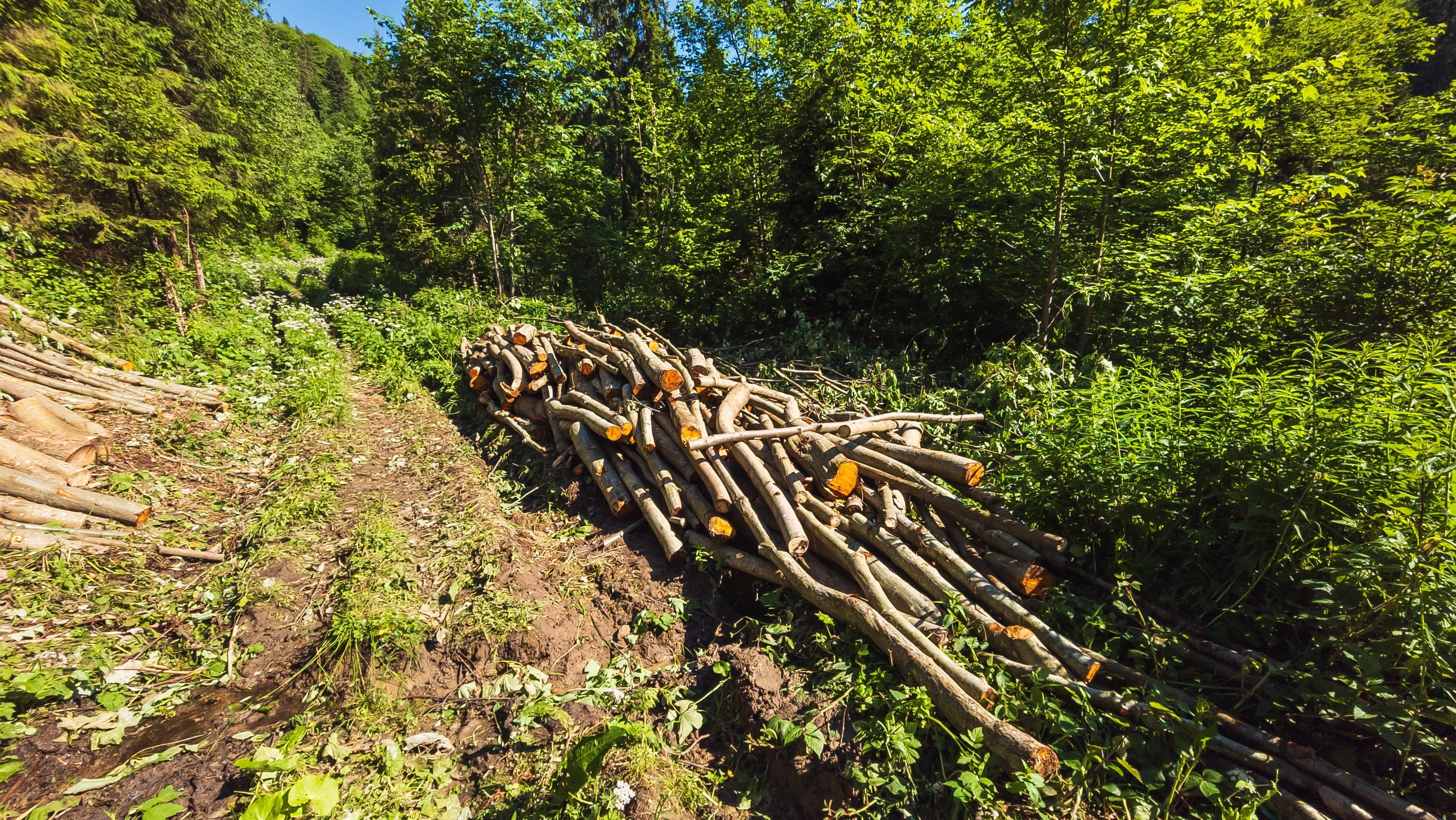
Payment for ecosystem services (PES)
Incentive-based conservation programs like Payments for Ecosystem Services (PES) have been successful in many countries. Landowners and local communities are financially compensated for preserving rainforests instead of using the land for agriculture or logging. These programs help create sustainable economic alternatives that reduce pressure on forest resources, seen in places like Costa Rica, where reforestation and forest cover have significantly increased due to such initiatives.
International collaborations and funding
Global efforts to conserve rainforests have been supported through international cooperation and financial aid. Some Programs provide financial incentives to developing countries to reduce deforestation. Countries like Norway have played a key role by providing significant funding to support rainforest conservation in places like Brazil and Indonesia.
How can I engage hands-on in rainforest conservation?
There are many ways to actively engage in rainforest conservation, either with conscious practices which you can integrate in your day-to-day life or you can take a more hands-on approach by working directly with organizations, local communities, and scientists in the rainforests. This direct involvement helps protect these delicate ecosystems. Here are two opportunities to consider: volunteering for rainforest conservation and supporting scientists through citizen science projects.
#1 Volunteering
Volunteering in rainforests provides a unique and fulfilling way to make a tangible impact on some of the planet's most crucial and biodiverse ecosystems. These vibrant environments are home to countless species and play a vital role in regulating the Earth's climate. By volunteering, you have the chance to directly contribute to conservation efforts, engage with local communities, and support scientific research aimed at protecting and restoring these invaluable habitats.
There are many project where you can assist in reforestation projects, wildlife monitoring, community outreach, rehabilitation and rewilding projects, and human-wildlife conflicts. You might get the chance to help dedicated naturalists with reforestation efforts in Costa Rica, support scientists in wildlife monitoring and nature protection in Peru, or help with rehabilitation projects in Guatemala aimed at rewilding animals affected by illegal wildlife trade.
Other opportunities are for example caring for medicinal plants in Brazil and with that support local communities, participating in orangutan monitoring programs in Borneo, or working on human-wildlife conflict resolution in Uganda. Each of these roles provides valuable, hands-on involvement in preserving and restoring these essential habitats, while also offering you the chance to make a meaningful difference in the lives of both wildlife and local communities.
#2 Citizen Science
Participating in citizen science projects provides a valuable chance to contribute to impactful research and discoveries in fields ranging from environmental conservation to climate science. Citizen science projects cover a broad spectrum, including monitoring wildlife, assessing ecosystem health, and studying environmental changes.
As a citizen scientist, you might engage in activities such as tracking animal movements in rainforests, documenting plant species diversity, participating in climate change impact studies, or contributing to conservation data collection efforts.
Through your involvement in these hands-on experiences, you'll gain insight into the scientific process and the important role that individuals play in advancing conservation efforts and understanding global challenges.
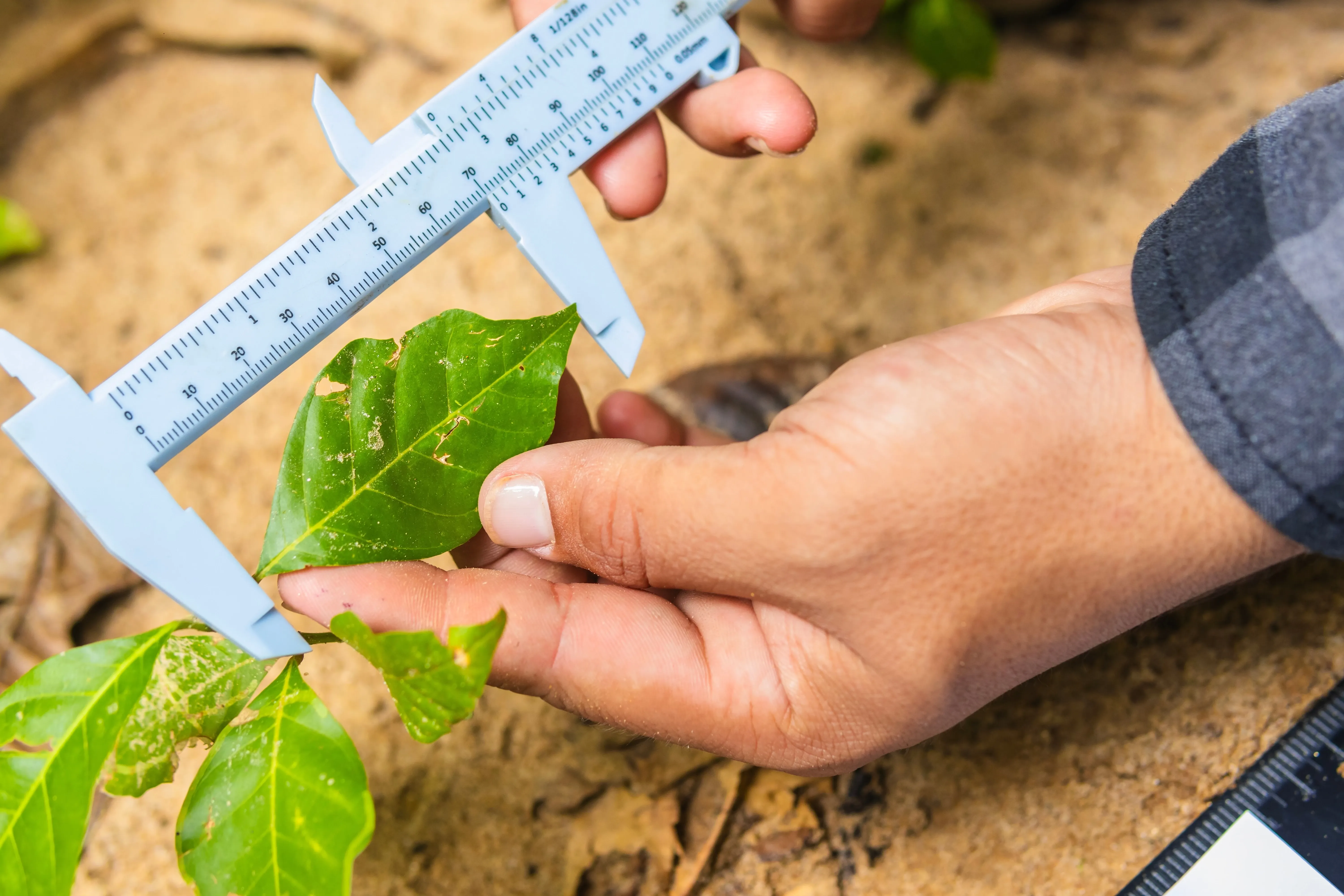
What are some conscious practices to support rainforest conservation
Every one of us has the opportunity to support rainforest conservation and help protect these remarkable ecosystems. They are essential not only for Earth's biodiversity but also for our future well-being. By adopting the following conscious practices in your daily life, you can play a part in preserving these awe-inspiring habitats:
- Reduce paper and wood products: By simply limiting your consumption of paper and wood products by opting for digital alternatives and using recycled products, you are able to help the logging of the tropical rainforest. Otherwise choose products certified by organizations like the Forest Stewardship Council (FSC).
- Support sustainable agriculture: Try to buy products from companies that use sustainable farming practices. Avoid products linked to deforestation, such as some types of palm oil, which are directly linked with the protection of fauna and flora.
- Choose eco-friendly products: Support brands that prioritize environmental sustainability and rainforest-friendly practices in their supply chains.
- Make responsible travel choices: When traveling, try to be a conscious explorer and choose eco-friendly tours and activities that support rainforest conservation, use carbon-friendly travel options and benefit local communities.
- Contribute to conservation organizations: Volunteer with organizations dedicated to rainforest conservation or assist with citizens science projects.
- Educate yourself and others: Raise awareness about the importance of rainforests and the threats they face. Share your new-gained information through social media, community groups, and educational events.
- Support indigenous rights: The traditional knowledge and stewardship of indigenous people is vital important. Therefore advocating for the rights of indigenous peoples who live in and protect rainforests is equally important for rainforest preservation.
- Advocate for policy change: Support policies and legislation that protect rainforests and promote sustainable land use practices. Engage in campaigns and lobbying efforts for stronger environmental protections.
By integrating these sustainable practices into your daily life and encouraging others to do the same, you can help make a positive impact on rainforest conservation.
Four reasons why you should get involved in rainforest conservation
There are numerous compelling reasons to get involved in rainforest conservation, but here are the four most significant:
- Protect biodiversity: Rainforests are home to over half of the world’s plant and animal species. By supporting their conservation, you help preserve a vast array of wildlife and plant life that might otherwise be lost.
- Combat climate change: Rainforests play a crucial role in regulating the Earth's climate by absorbing carbon dioxide and producing oxygen. Conserving these forests helps mitigate climate change and maintain global climate stability.
- Support indigenous communities: Many indigenous communities rely on rainforests for their livelihoods, cultural heritage, and traditional practices. Conservation efforts can help protect their way of life and ensure their rights and involvement in sustainable management.
- Ensure ecosystem services: Rainforests provide essential ecosystem services such as water purification, soil fertility, and weather regulation. Protecting these forests ensures that these vital services continue to benefit both local and global communities.
Sign up for the newsletter
By clicking on “Subscribe now” I will subscribe to the Conscious Explorer newsletter with all the information about mindful travel. Information on the success measurement included in the consent, the use of the shipping service provider MailChimp, logging of the registration and your rights of revocation can be found in our privacy policy.
